Sensory rooms are specially designed environments that help individuals—particularly those with autism, ADHD, or sensory processing challenges—regulate their sensory input and foster emotional well-being. Key components range from calming lighting solutions and tactile wall panels to interactive floors and personalized sensory bins. Whether for a home, school, clinic, or public space, effective design balances both soothing and stimulating elements—incorporating bubble tubes, aromatherapy, soundscapes, and gross-motor equipment—to create a truly immersive, therapeutic space tailored to each user’s needs. Below are 20 detailed sensory room ideas you can adapt, each aimed at enhancing regulation, focus, and relaxation.
1. Bubble Tube Corner
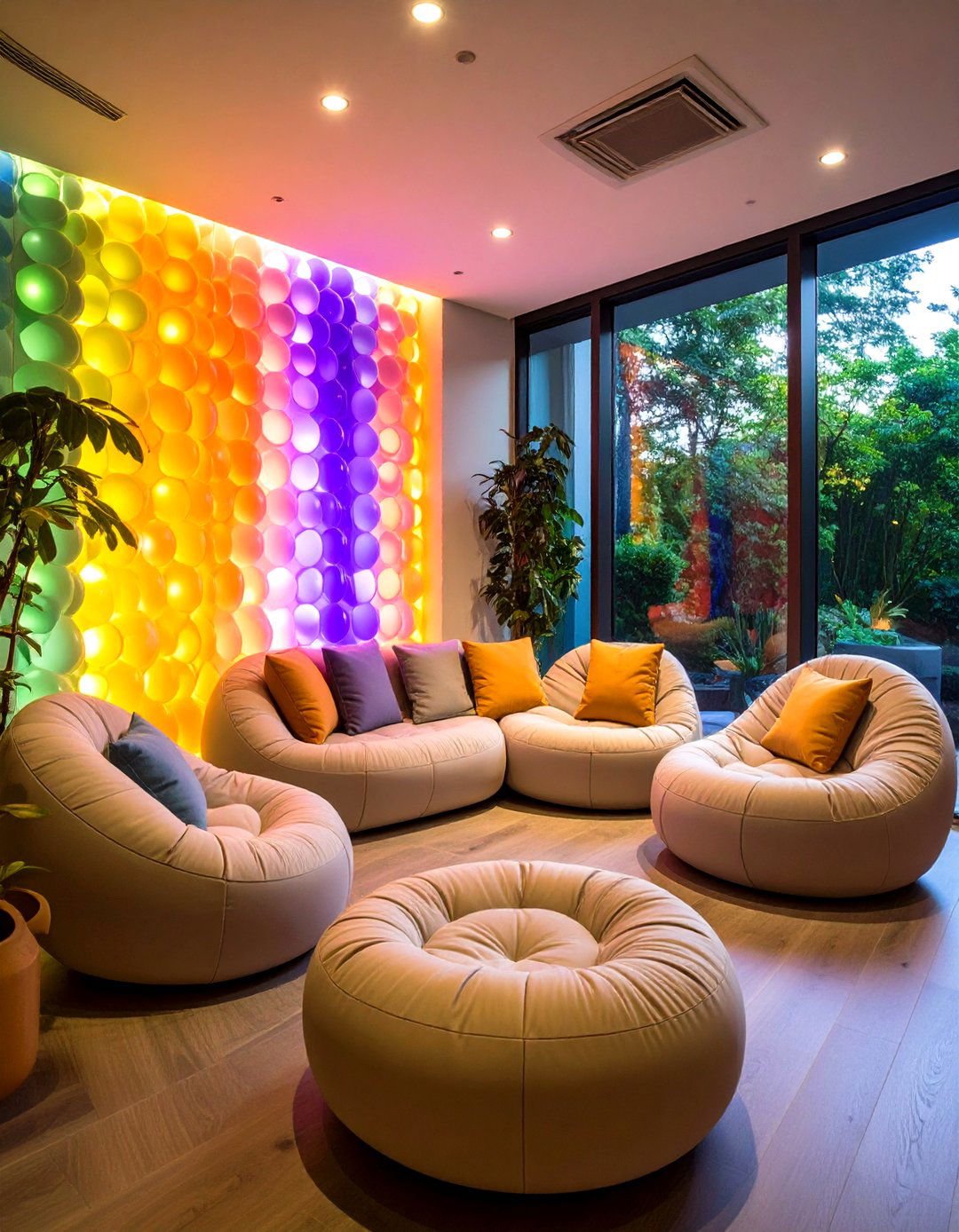
A bubble tube provides dynamic, entrancing visual stimulation through rising bubbles and color-changing lights. Positioned in a quiet corner, it offers both calming focus and vestibular input as viewers track the bubbles’ movement. Bubble tubes can be synchronized with color-therapy controls to match user preferences or therapeutic goals, transitioning slowly for relaxation or more rapidly for engagement. They are especially beneficial for hyposensitive individuals who crave visual and proprioceptive feedback. Regular cleaning and water treatment ensure safety and clarity, making bubble tubes a popular, low-maintenance choice for sensory spaces.
2. Fiber Optic Lighting
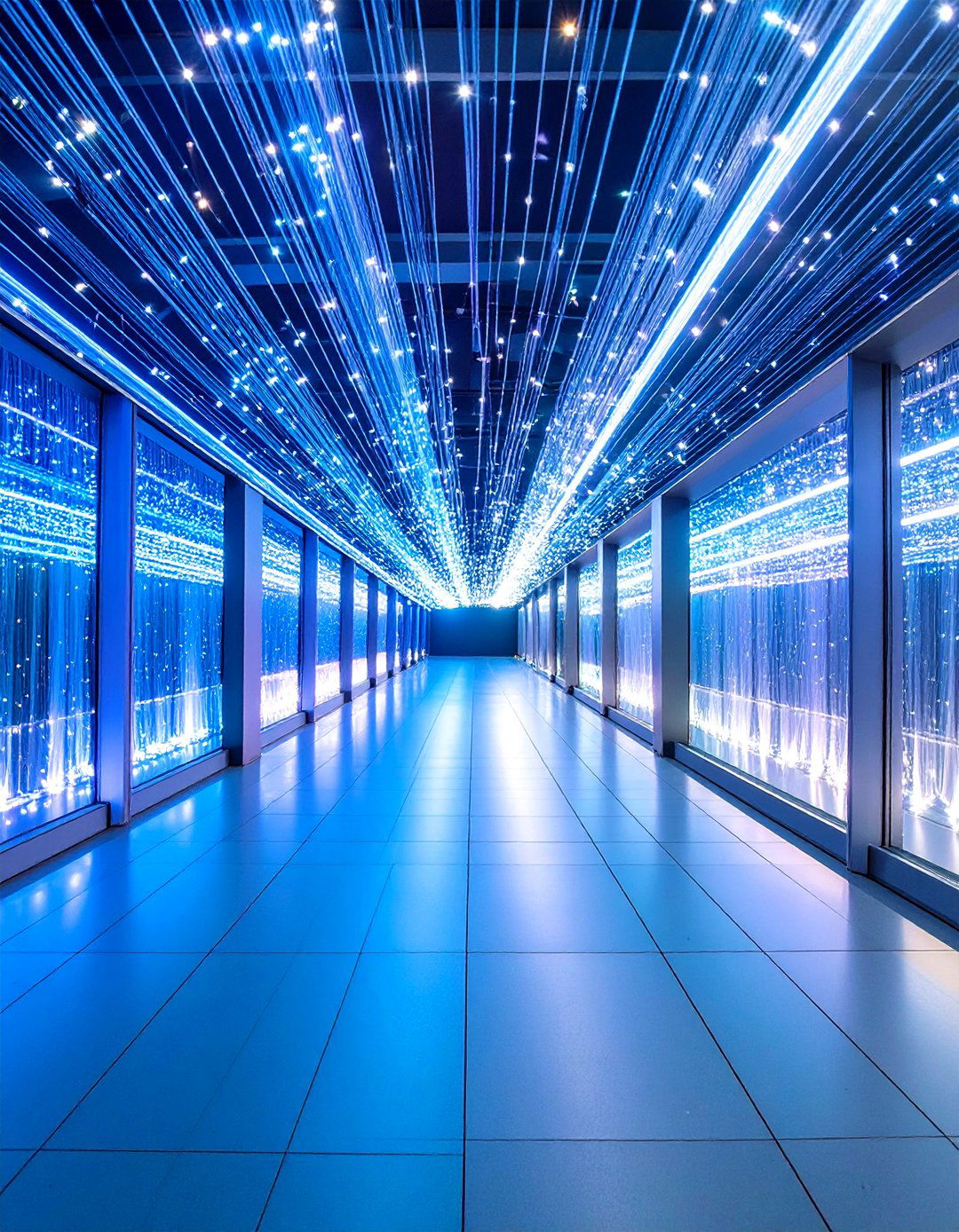
Fiber optic strands create a starfield effect on walls or ceilings, offering gentle, multi-colored visual stimuli without heat. Users can touch and weave through the strands, gaining tactile feedback and fine-motor practice. Fiber optic lighting also serves as a calming visual anchor, with soft, glowing tips that shift colors slowly to promote relaxation. Mounted in a curtained alcove or flat against panels, these strands can be arranged to mimic constellations or abstract patterns. Their versatility and safety (low voltage and cool to the touch) make them ideal for both educational and therapeutic settings.
3. Weighted Blankets
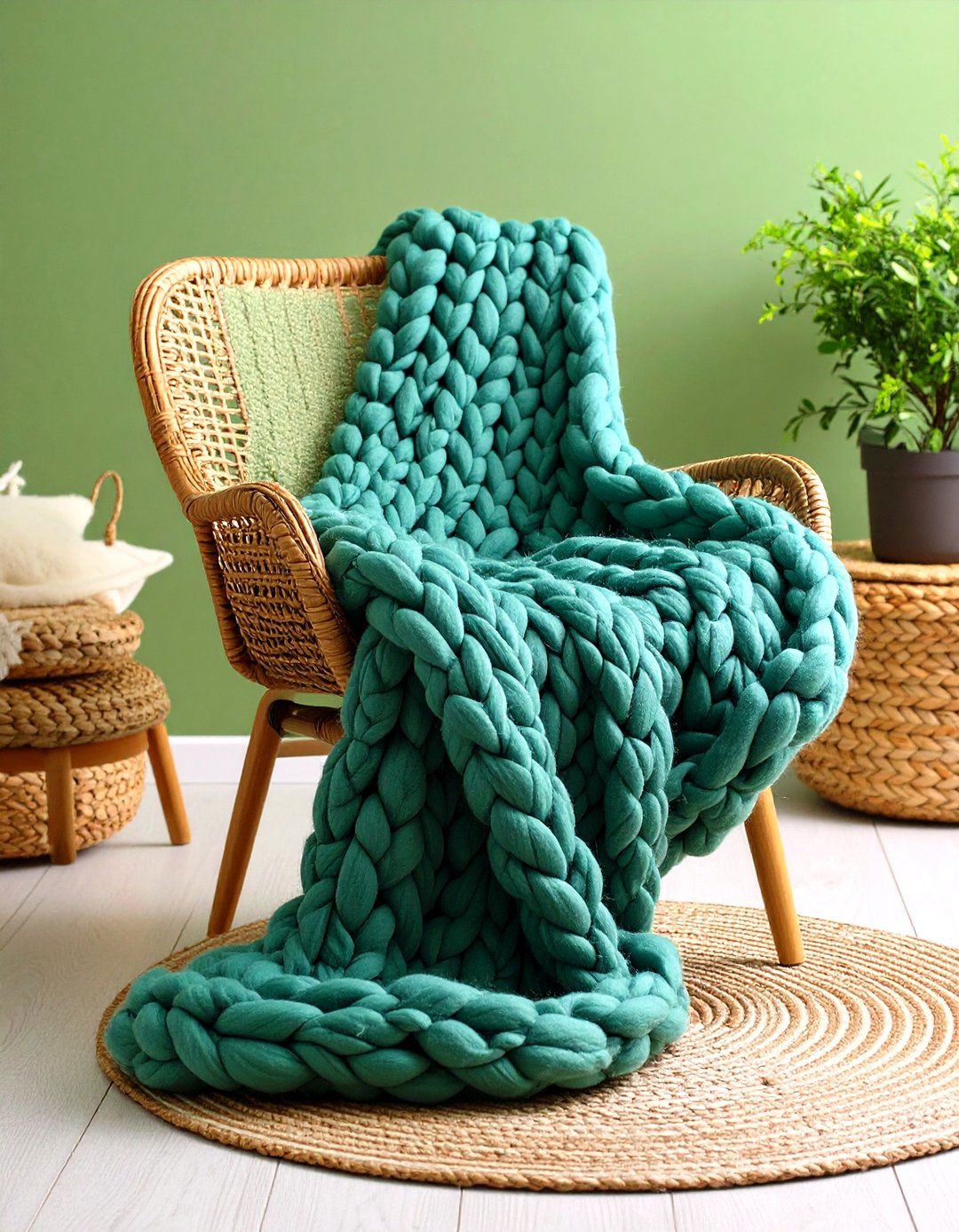
Weighted blankets deliver deep pressure stimulation, simulating the feeling of a firm hug to help reduce anxiety and improve focus. Choosing the correct weight—typically around 10% of the user’s body weight—ensures comfort without restricting movement. These blankets can be draped over seating areas or stored in accessible bins for self-selected use. Studies indicate that deep pressure touch can lower cortisol levels and promote calmness, benefiting both children and adults with sensory processing difficulties. Offering a variety of textures (cotton, minky, or fleece) allows users to further customize tactile input.
4. Beanbag Chairs
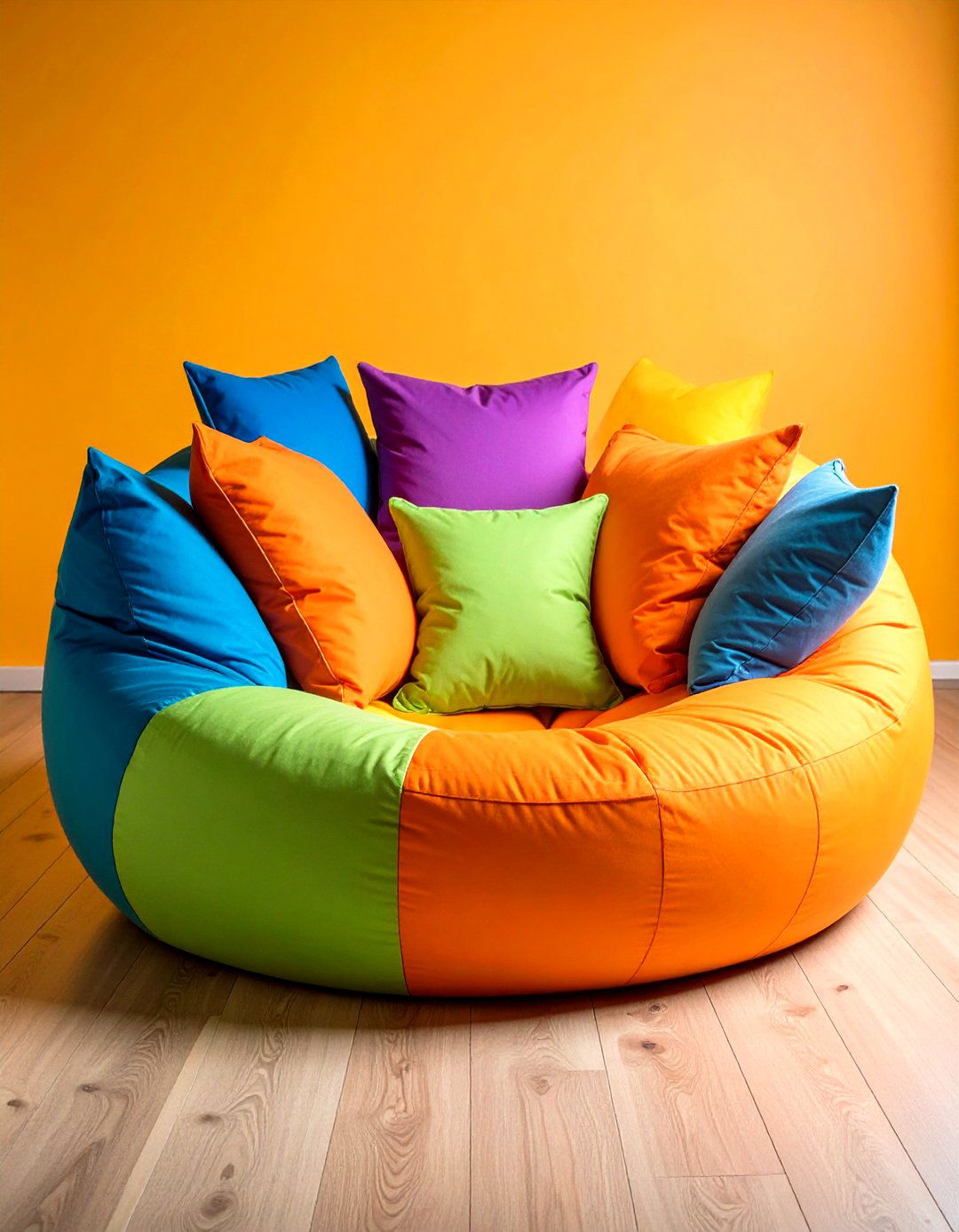
Oversized beanbag chairs conform to the body, providing gentle, whole-body proprioceptive input that supports muscle tone and posture. Their cushioned embrace encourages relaxation and reduces pressure on joints, making beanbags perfect for reading corners or relaxation zones. Lightweight and movable, they allow users to adjust positioning independently and explore different seating postures. Available in various sizes, shapes, and fabrics—such as faux fur, vinyl, or textured materials—beanbag chairs can be tailored to match room themes while offering a comfortable retreat for sensory regulation.
5. Swings and Hammocks
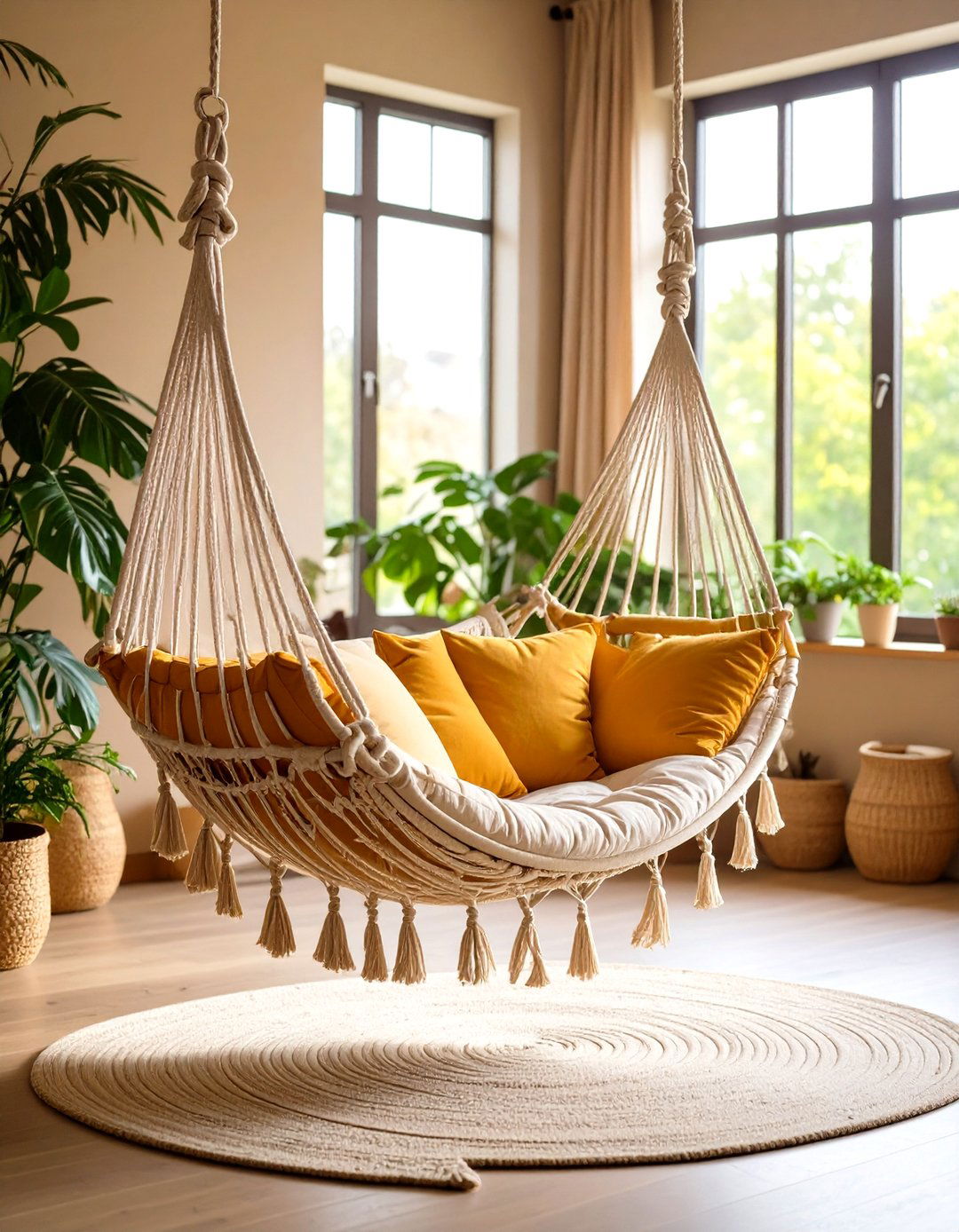
Indoor swings—whether bucket, platform, or hammock style—provide vestibular input essential for balance and spatial orientation. Slow, rhythmic swinging can soothe overstimulation, while more vigorous movement offers an outlet for excess energy. Installation options include ceiling mounts, sturdy frames, or doorway fixtures, depending on room size and structural support. Swings can be paired with plush cushions or weighted blankets for combined sensory effects. Safety straps and appropriate clearance ensure secure use, making swings a versatile, engaging addition to any sensory room.
6. Therapy Balls
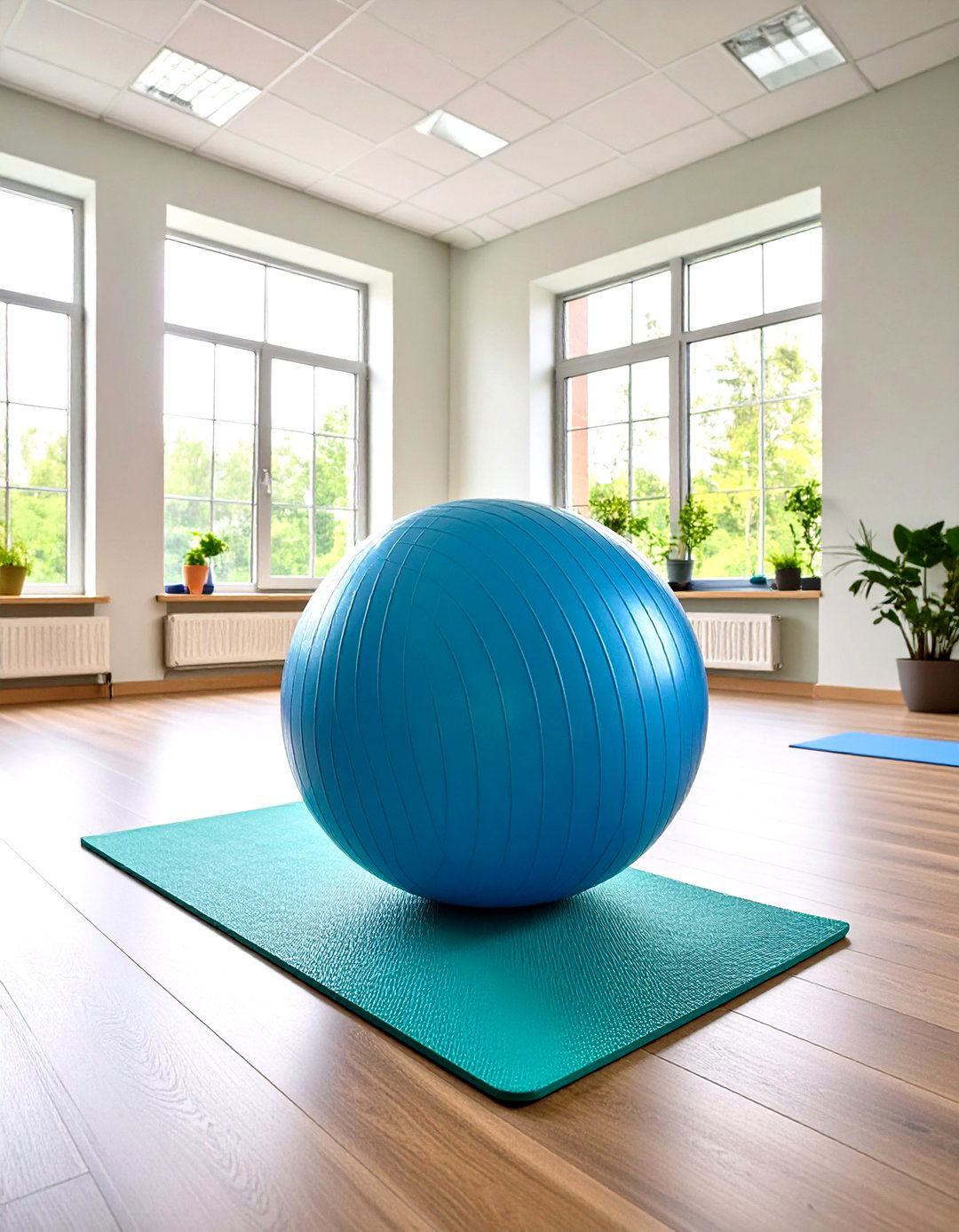
Large therapy or exercise balls promote gross-motor engagement and core strengthening through sitting, rocking, or bouncing. When placed on a non-slip mat, they encourage active sitting—allowing subtle movements that enhance focus and regulate energy. Smaller stability balls or peanut-shaped balls can be used for targeted exercises, from rolling under the back to sitting between the knees for proprioceptive feedback. Therapy balls are easy to clean and store, making them a practical tool for both active sensory breaks and physical therapy activities.
7. Interactive Floor Projections
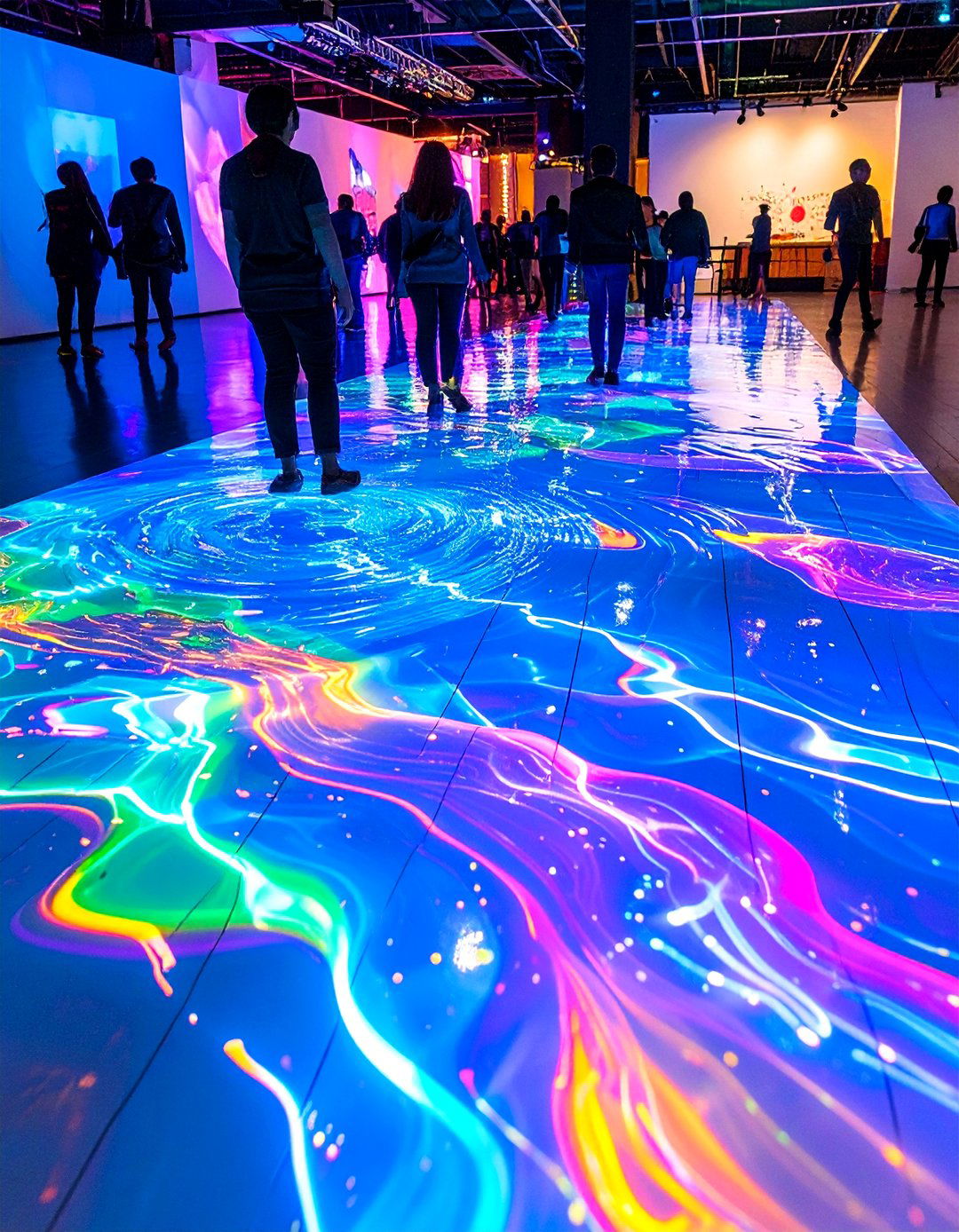
Interactive floor systems combine motion-sensing projectors with software that displays visuals—such as rippling water, chasing lights, or virtual bubbles—responding to footsteps and gestures. Users receive visual, auditory, and motor feedback as they move through the projections, fostering gross-motor development and cause-and-effect learning. These systems can be programmed with games or calming scenes, adaptable for different therapeutic goals. Mounted overhead, they preserve floor space and can be paused to create static, ambient displays when gentle sensory input is desired.
8. Projectors and Video Mapping
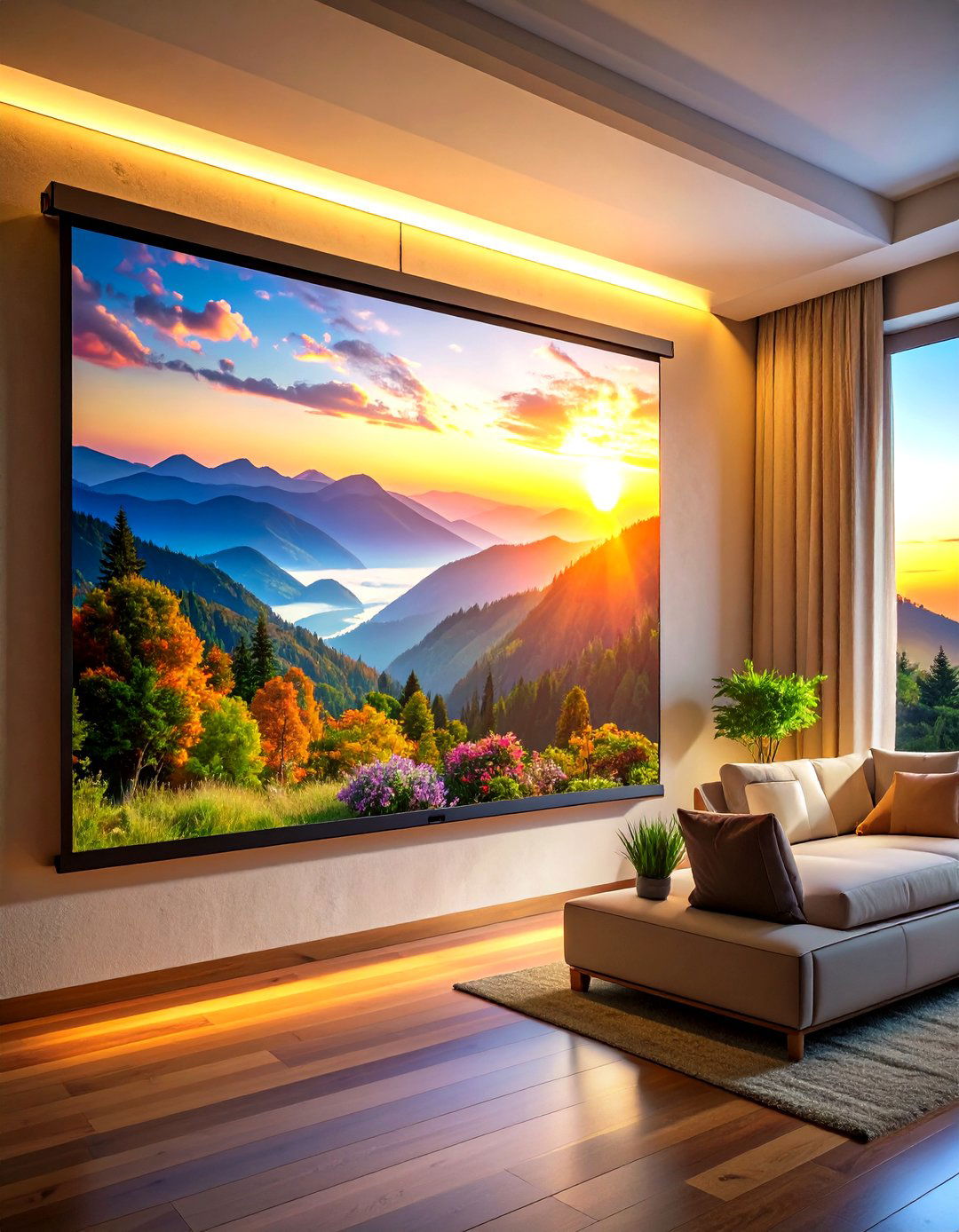
High-resolution projectors can transform walls or ceilings into dynamic sensory canvases, displaying tranquil scenes—such as forests, oceans, or galaxies—or stimulating patterns for engagement. Video mapping extends this capability onto three-dimensional surfaces like furniture or sculptural elements, immersing users in interactive environments. Timers and dimmable settings allow precise control over session length and brightness. Projected visuals can be paired with nature sounds or soft music for a fully multisensory experience, enhancing attention and mood regulation.
9. Aromatherapy Diffusers
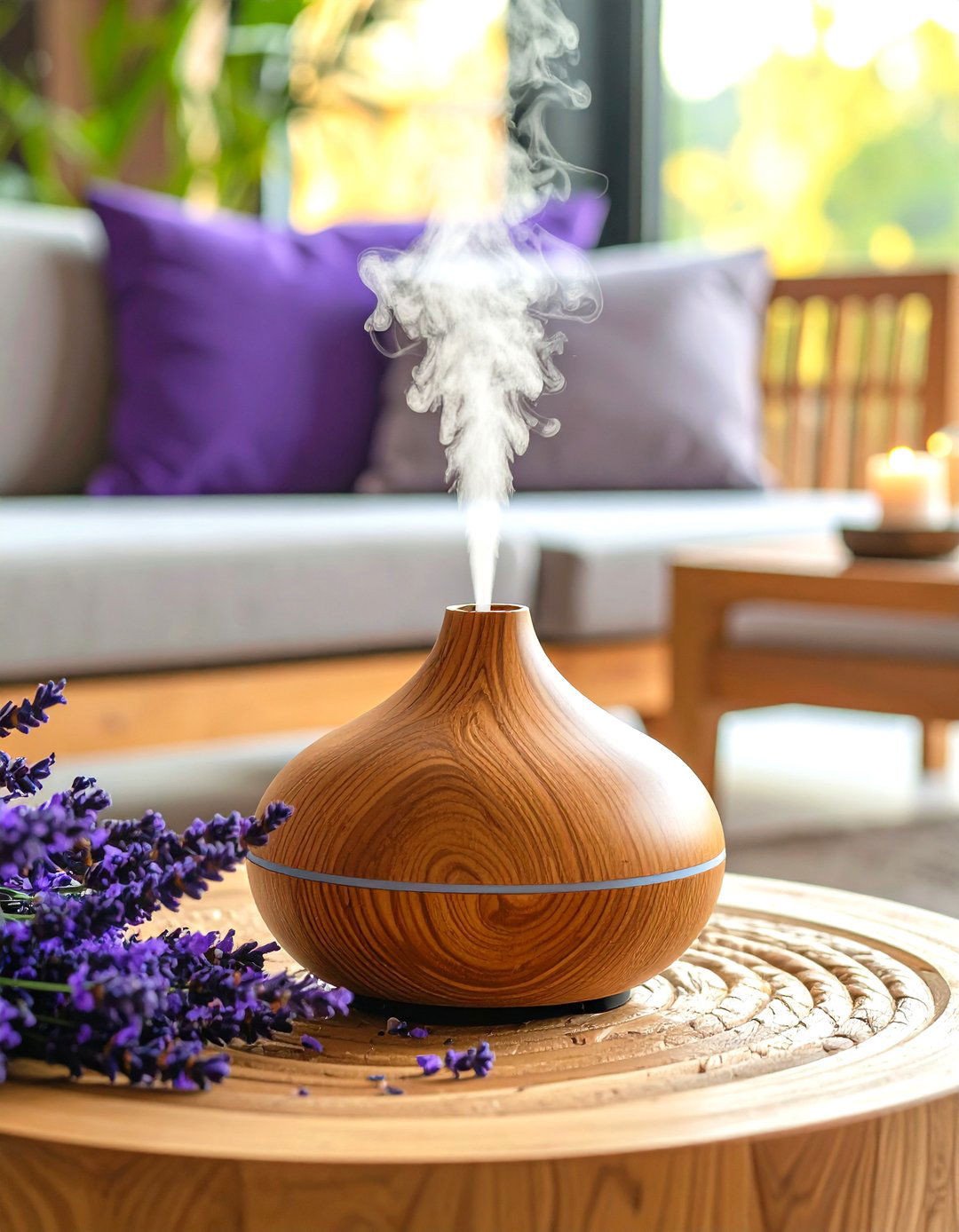
Essential oil diffusers introduce calming scents—such as lavender, chamomile, or eucalyptus—to enrich the sensory environment. Ultrasonic diffusers use water to disperse micro-fine mist, safely distributing fragrance without heat. Scents should be chosen based on individual tolerance, avoiding overpowering or potentially triggering aromas. Diffusers can be set on timers or remotely controlled to allow staff or users to adjust scent intensity. Incorporating natural essential oils provides a non-invasive method to reduce stress, improve focus, and support relaxation in both children and adults.
10. Soundscapes and White Noise Machines
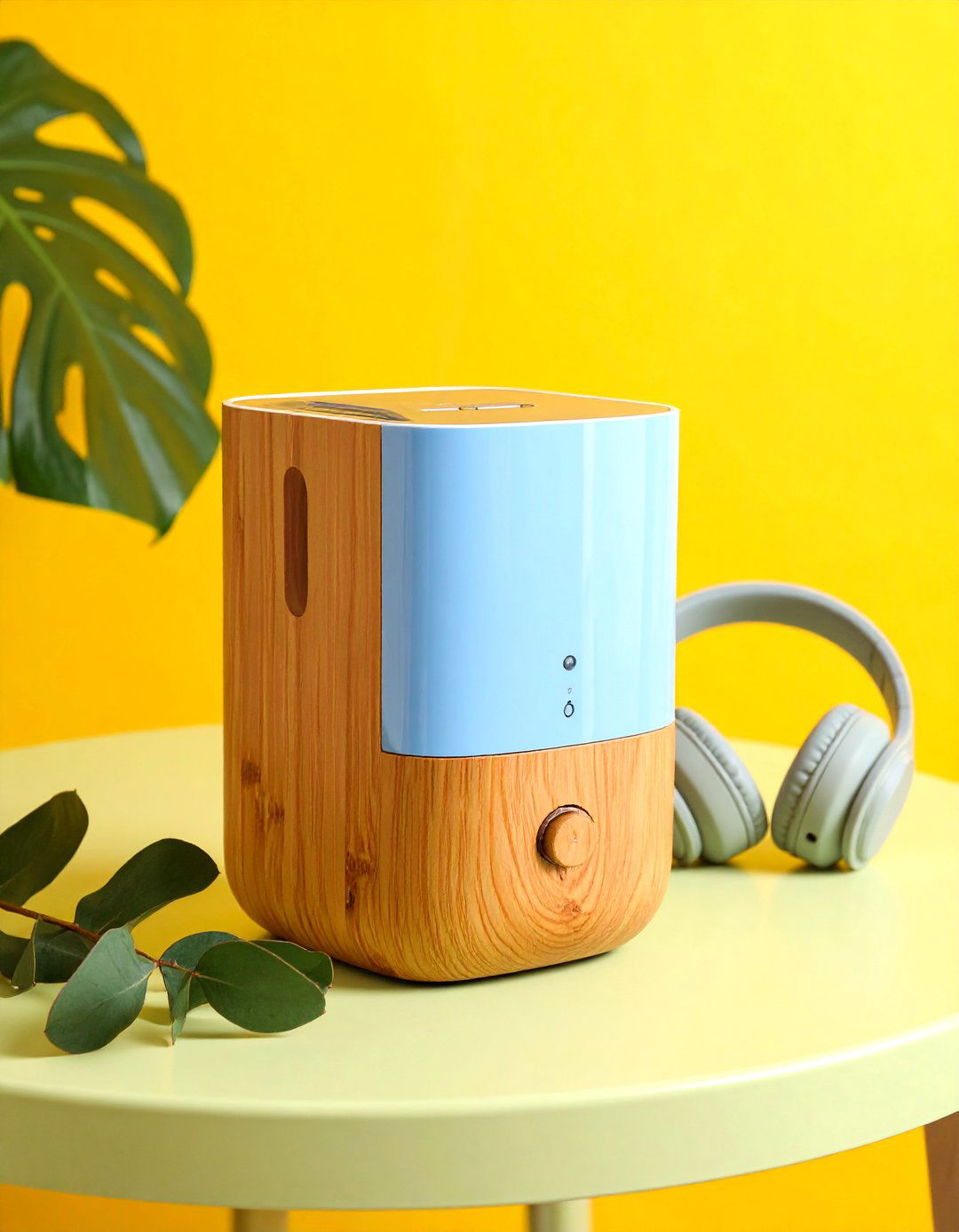
Audio elements—ranging from nature soundscapes (rain, ocean waves, forest ambiance) to white noise machines—offer auditory input that can mask distracting noise and promote calm. Sound-proofing materials (acoustic panels, heavy curtains) further isolate the space from external sounds. Headphone stations with noise-canceling models allow users to select individual playlists or guided relaxation tracks. Volume controls and preset programs help regulate auditory stimulation, accommodating both those seeking quiet reflection and those who benefit from rhythmic or ambient audio cues.
11. Tactile Wall Panels
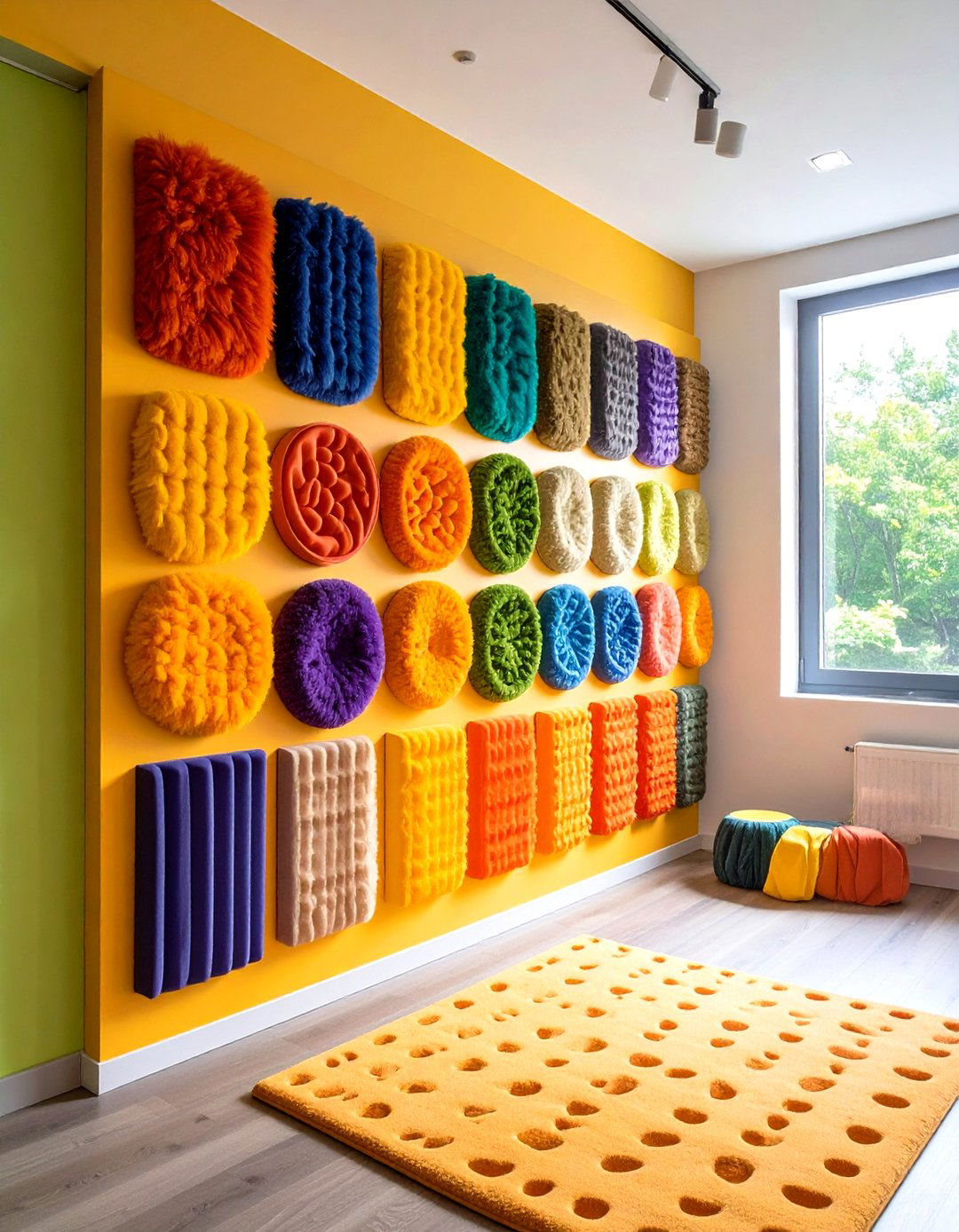
Modular wall panels featuring diverse textures—such as soft faux fur, ridged silicone, coarse sisal, and rubber spikes—invite users to explore touch modalities. Arranged at various heights, panels can accommodate standing or seated interaction. Tactile walls support fine-motor development, tactile discrimination, and sensory exploration. Panels can be interchanged easily to introduce new textures or cleaned between uses. For added versatility, attach sensory tools (Velcro-backed fidget toys, magnetic shapes) to the panels, creating a dynamic, customizable tactile station.
12. Sensory Bins Station
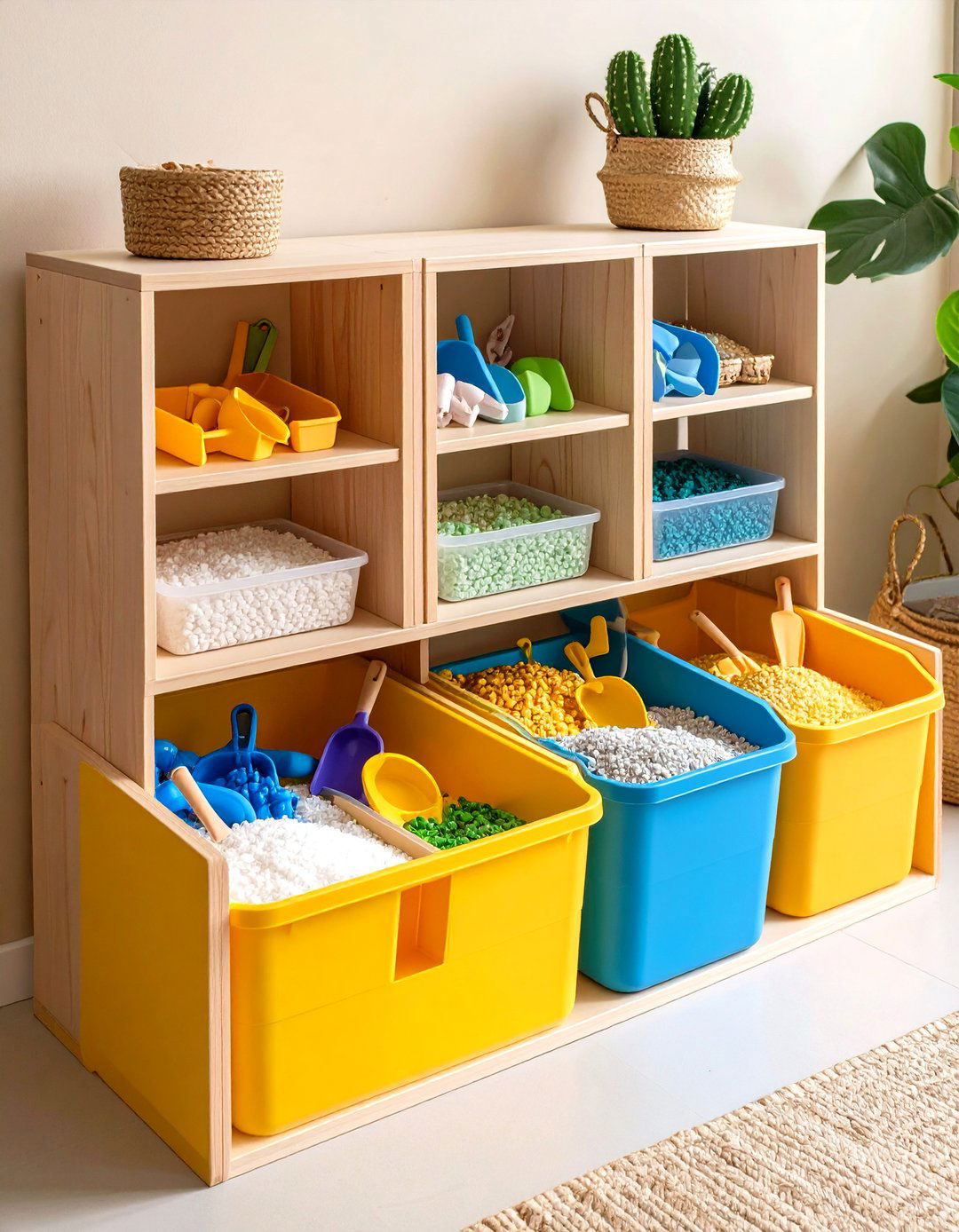
A dedicated shelf or cart stocked with interchangeable sensory bins promotes hands-on exploration of materials like rice, beans, water beads, kinetic sand, or cloud dough. Each bin is paired with scoops, funnels, tongs, and themed accessories (e.g., toy animals, letters, or numbers). Rotating the fillers and tools keeps engagement high while targeting fine-motor skills, imaginative play, and sensory discovery. Labeling bins and organizing materials in clear containers encourages independence and supports self-directed sensory breaks.
13. Fidget Toy Stations
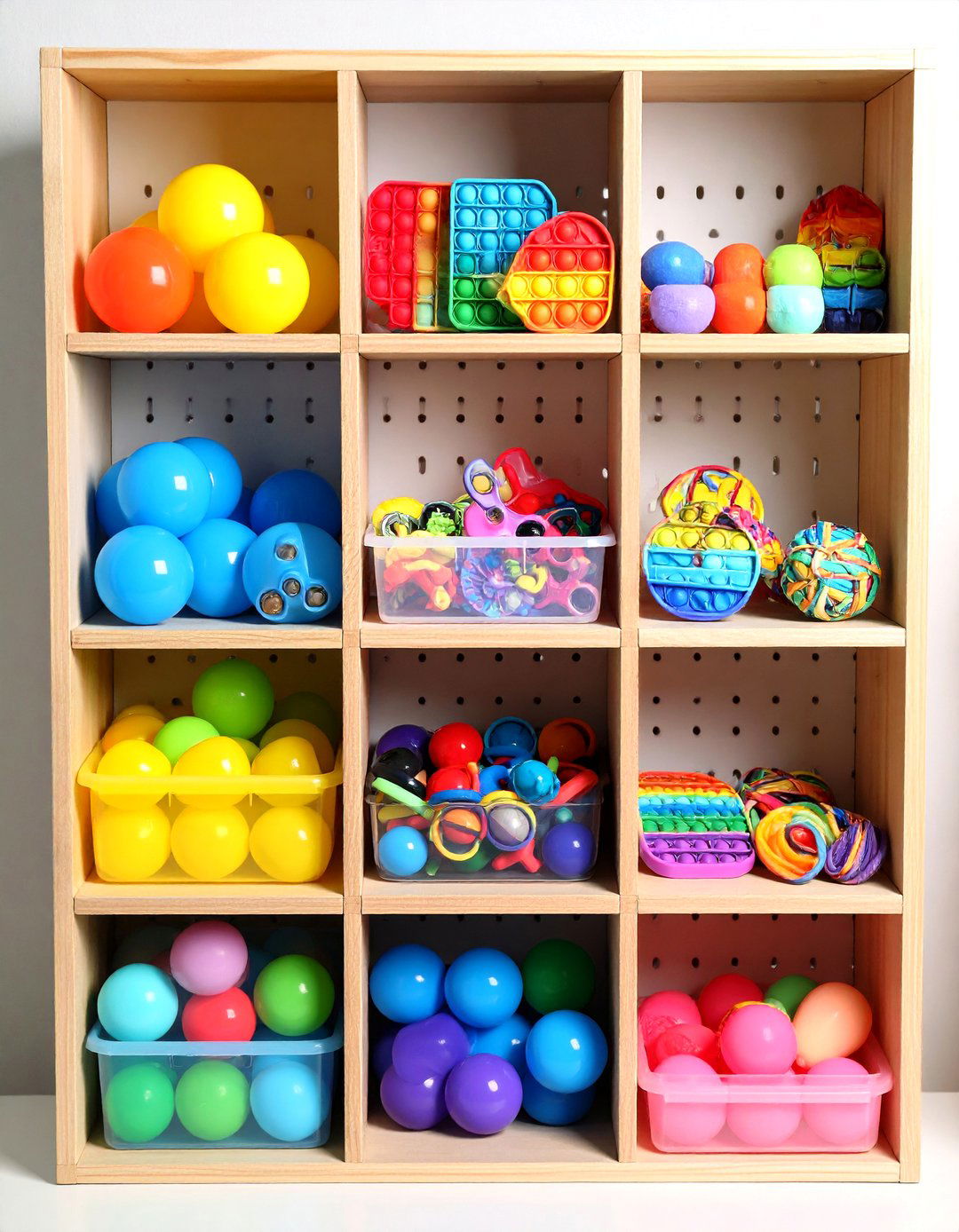
A variety of handheld fidget toys—such as stress balls, spinners, pop-its, and chewable jewelry—can be stored on wall-mounted pegboards or in tabletop trays for easy access. These tools provide discrete tactile or proprioceptive input, aiding concentration during tasks or transitions. Users can select toys based on preference and sensory needs, with visual charts guiding choices. Regularly updating the selection prevents boredom and encourages exploration of new textures and resistance levels.
14. Weighted Lap Pads
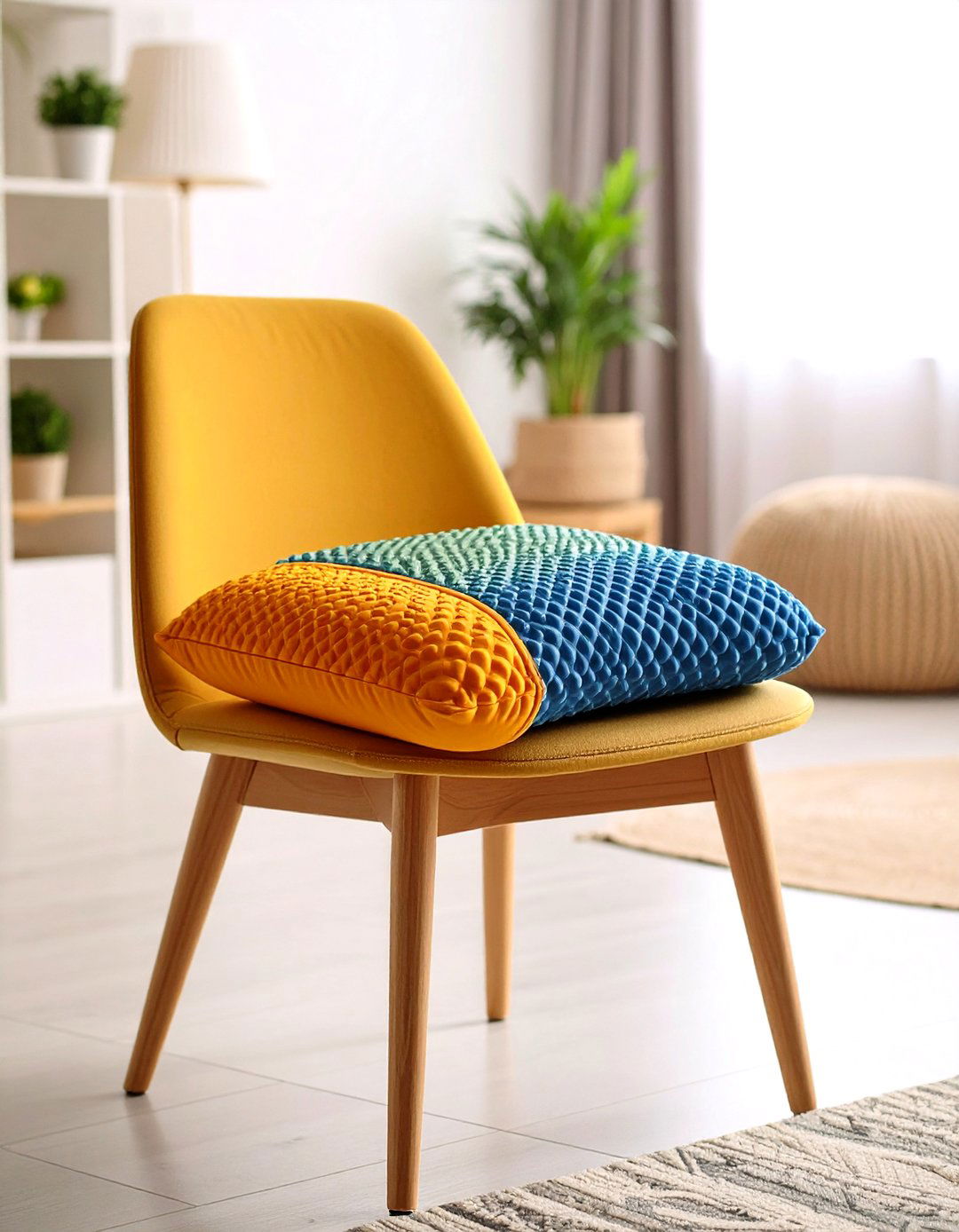
Smaller than blankets, weighted lap pads offer localized deep pressure input, helping users maintain focus while seated at tables or desks. Available in various weights and cover materials, they can be easily placed and removed as needed. Children may benefit from lap pads during learning activities, while adults can use them for meditation or reading. These pads are washable and portable, making them a convenient addition to any sensory environment.
15. Reading Nook or Chill-Out Corner
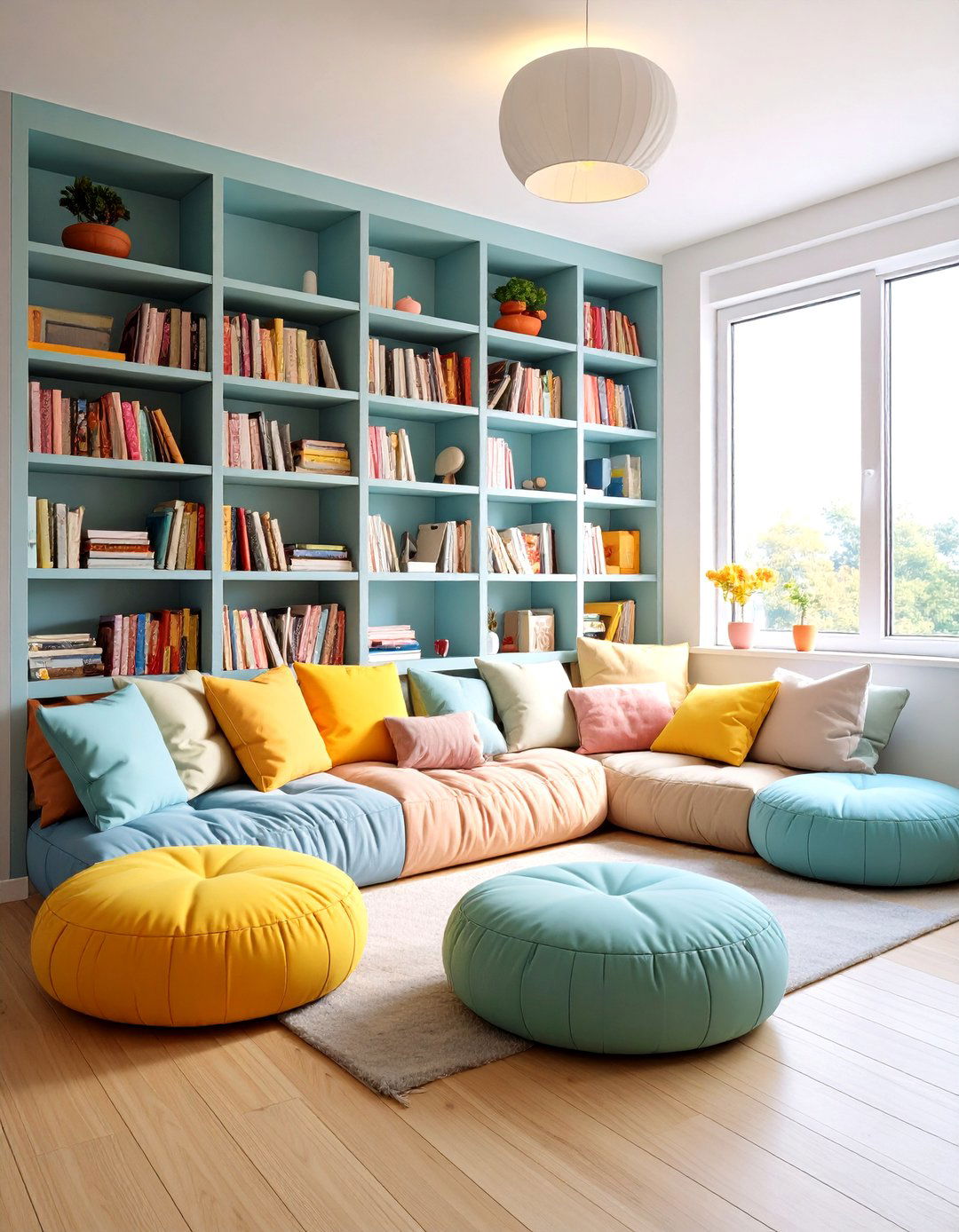
A cozy alcove with soft floor cushions, low shelves of picture books, and adjustable lighting serves as a retreat for quiet reflection. Incorporate blackout curtains or canopy drapes for reduced visual stimuli and privacy. A small table with a lamp and sensory toys allows users to self-regulate before rejoining activities. This calm down spot can be enhanced with plush rugs and soft textiles to create a nurturing, low-arousal environment ideal for emotional reset.
16. Nature-Themed Decor and Plants
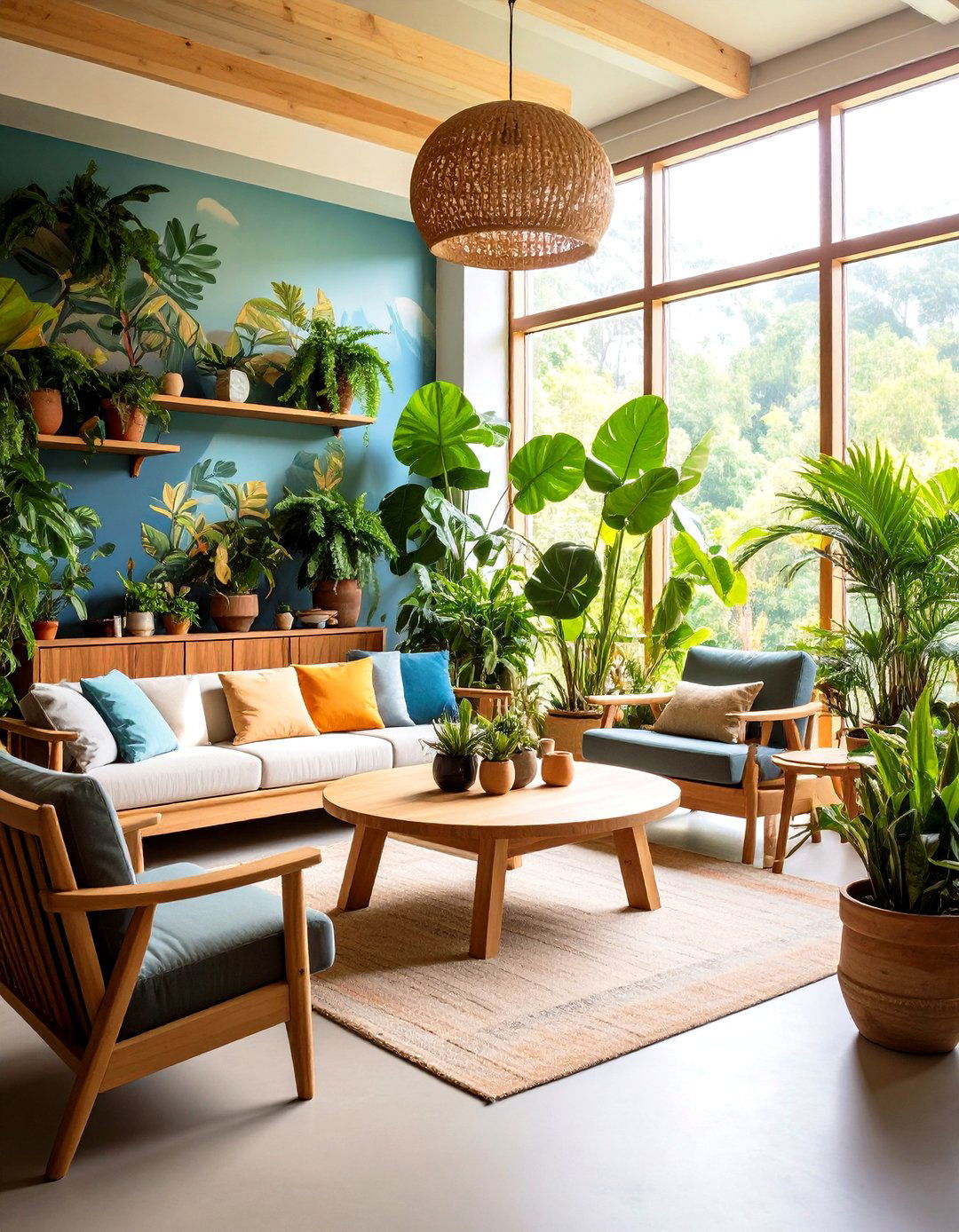
Bringing natural elements—such as potted plants, natural wood furniture, and nature-inspired murals—introduces biophilic design that can lower stress and improve mood. Real or high-quality artificial greenery provides tactile exploration and visual calm. Nature themes (forest glades, underwater scenes) can be extended through wall decals and ceiling mobiles. Studies show that exposure to natural imagery promotes relaxation and cognitive benefits, making a nature-themed sensory room both therapeutic and aesthetically inviting.
17. Interactive Wall Boards
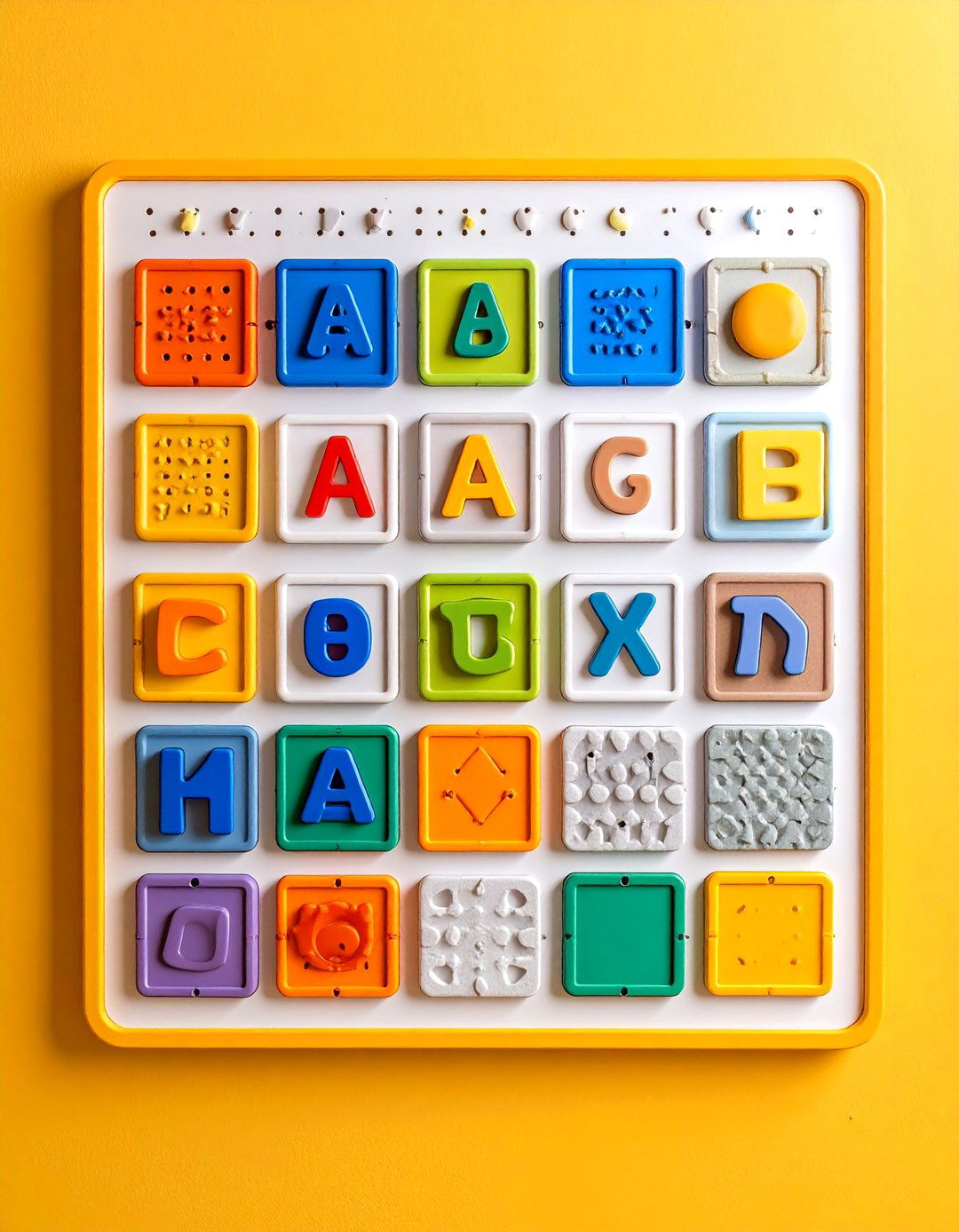
Magnetic or Velcro wall boards enable users to attach and rearrange shapes, letters, or sensory objects. Incorporating puzzles, mazes, or textured tiles, these boards support fine-motor skills, problem-solving, and tactile exploration. Adjustable panels allow educators or therapists to set up targeted activities—such as letter matching or shape sorting. Wall boards can be customized with thematic inserts (e.g., seasonal scenes) to maintain interest and tie into broader learning goals.
18. Creative Art Station
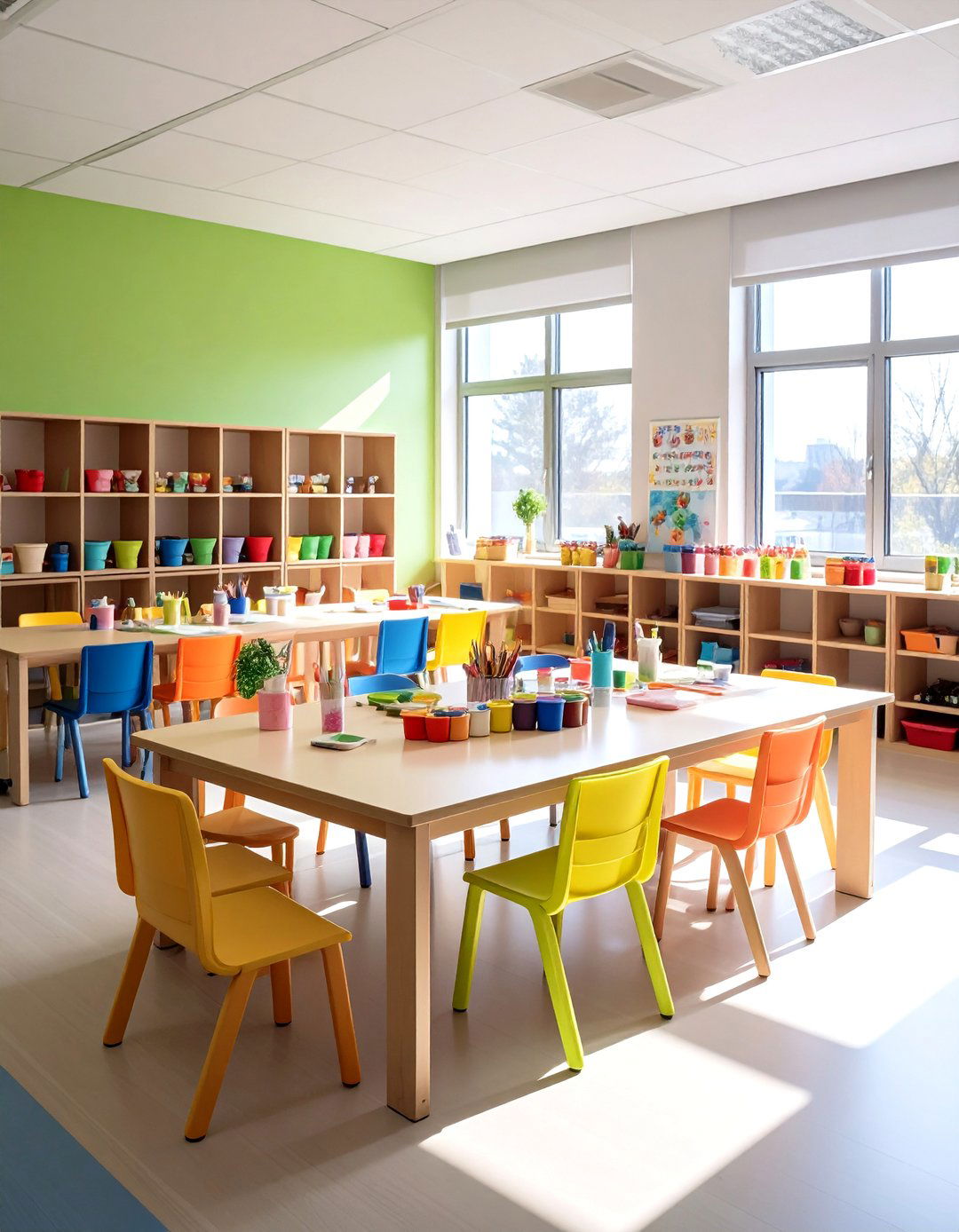
A washable table area stocked with art supplies—non-toxic paint, finger-paints, clay, and tactile materials like glitter glue or foam stickers—encourages self-expression and messy play. Disposable table coverings and easy-clean surfaces make maintenance simple. Art activities provide proprioceptive and tactile input while fostering creativity and emotional exploration. Rotating project prompts (mandalas, sensory collages) keeps the station fresh and adaptable for various age groups and skill levels.
19. Snoezelen Ceiling and Water Feature
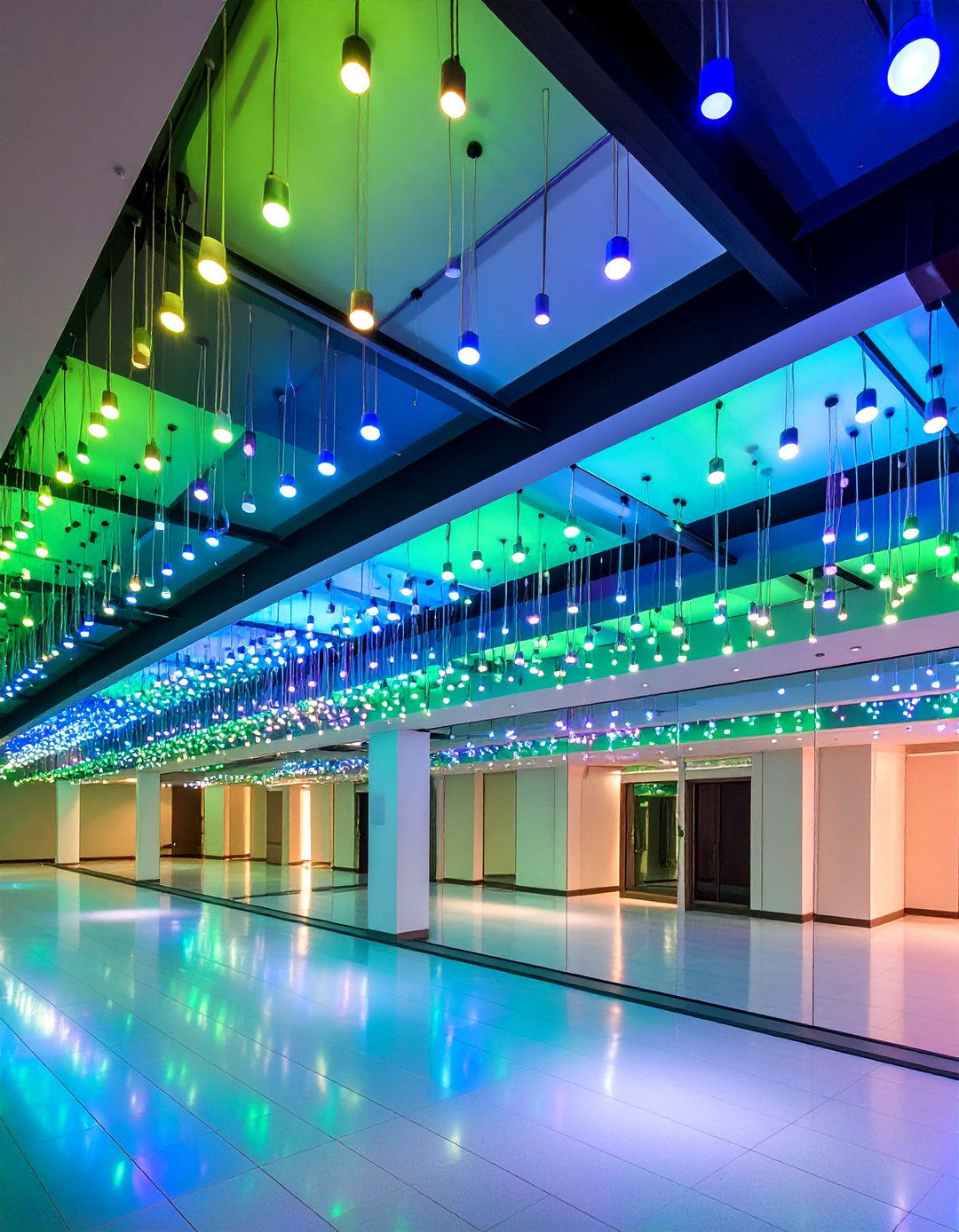
A “Snoezelen” multisensory ceiling incorporates fiber optics, bubble tubes directed upward, and calming color washes to engage visual and vestibular senses while users lie or sit below. Complementing this, a small tabletop water feature—such as a gentle fountain—adds auditory and tactile water stimulation. Together, these elements create a supportive environment for deep relaxation and sensory regulation, mimicking immersive therapy rooms used in clinical Snoezelen settings.
20. Outdoor Sensory Garden
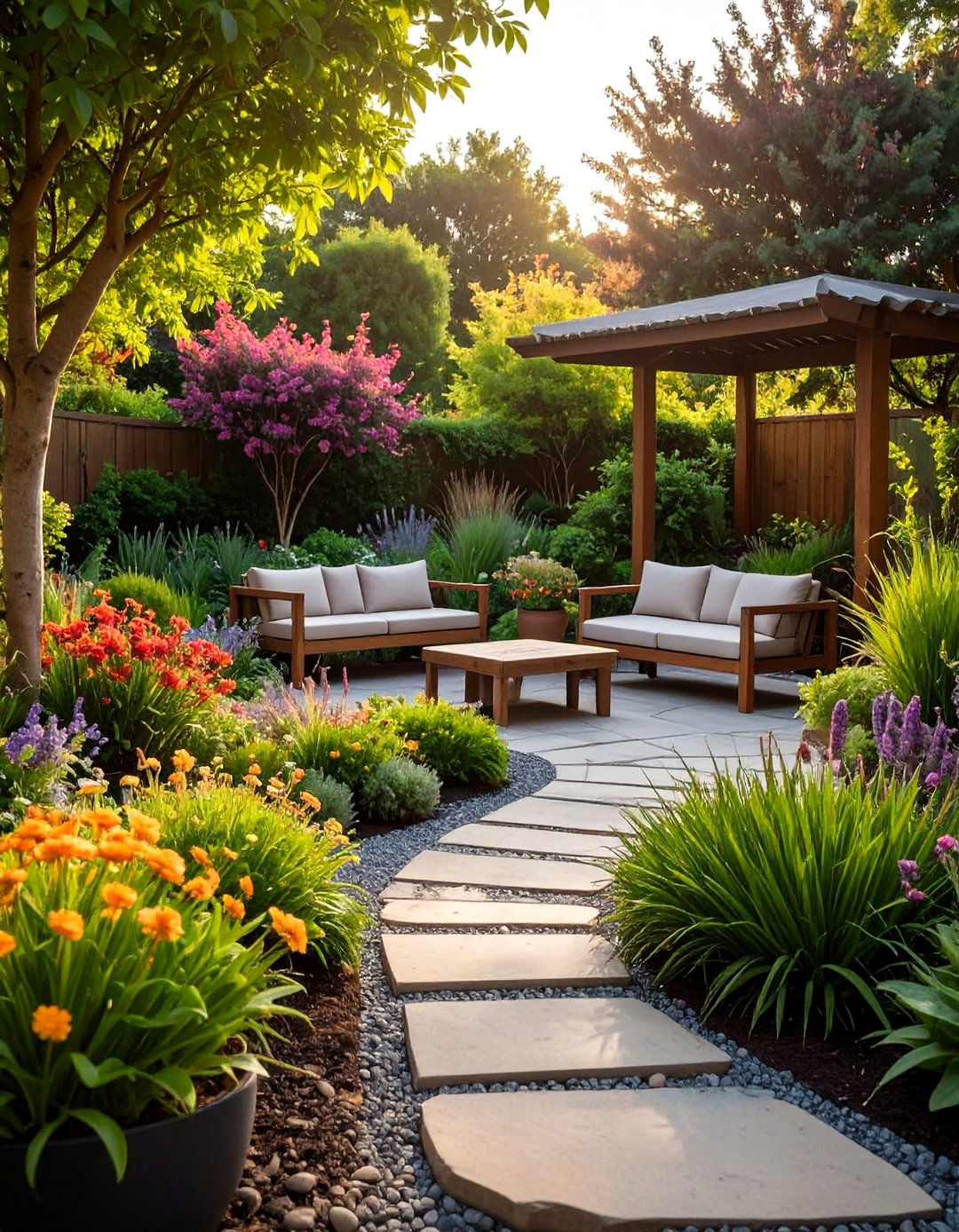
Extending sensory rooms outdoors connects users with fresh air, natural textures, and botanical scents. A sensory garden can include fragrant herbs (lavender, mint), textured stepping stones, wind chimes, and accessible raised planters for hands-on gardening. Swing benches and shaded seating areas provide vestibular and tactile input in a natural setting. Outdoor sensory gardens support gross-motor activity, nature exploration, and calm engagement, benefiting users of all ages and abilities.
Conclusion:
Designing a sensory room involves integrating diverse elements—visual, auditory, tactile, proprioceptive, and vestibular—to create a balanced, individualized space. From bubble tubes and fiber optics to tactile walls, weighted tools, and nature-inspired décor, these 20 ideas offer adaptable solutions for home, school, or clinical settings. By thoughtfully selecting and arranging equipment—while allowing for user choice—sensory rooms can become powerful tools for self-regulation, focus, and emotional well-being, supporting individuals across the lifespan in exploring and integrating their sensory experiences.


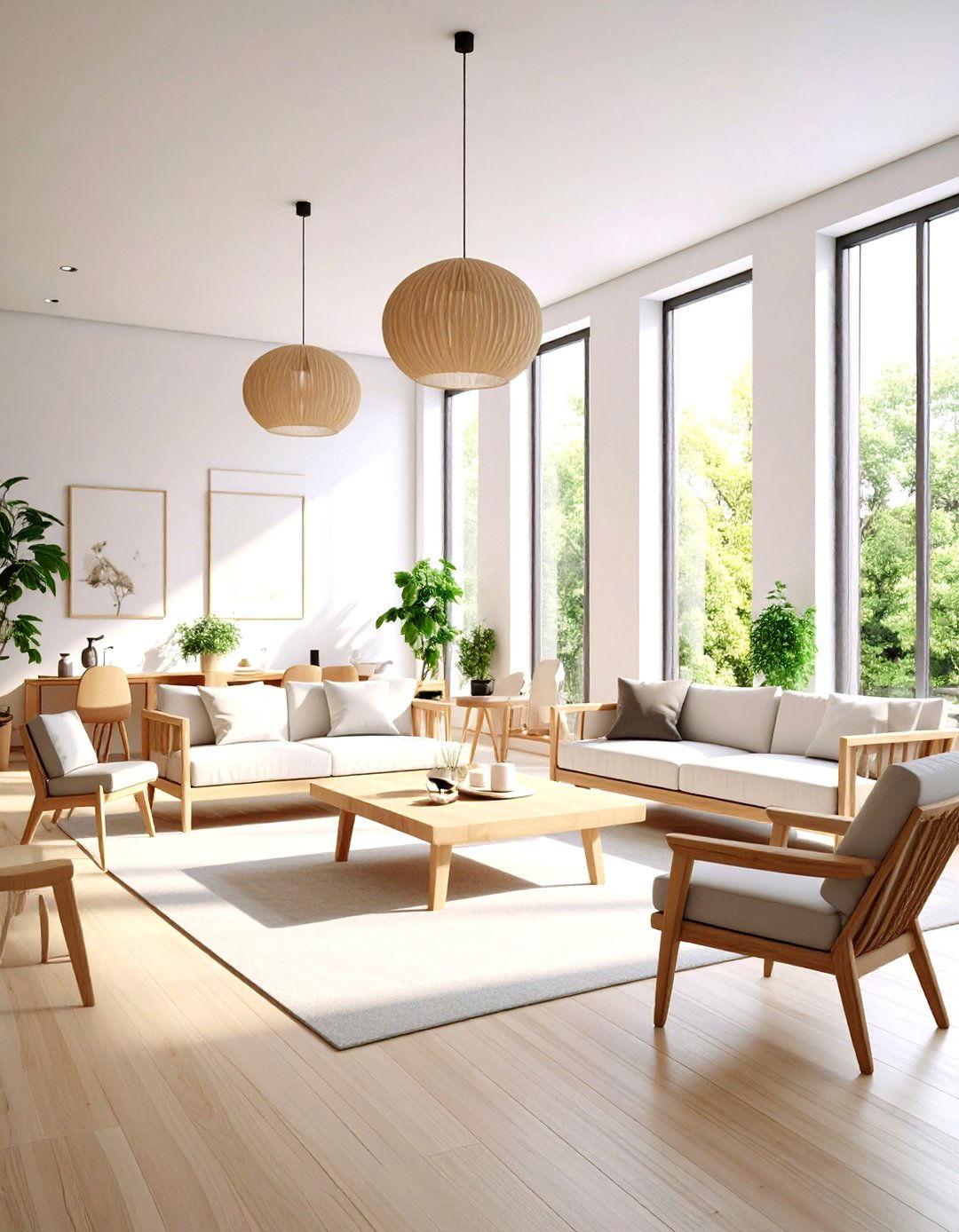
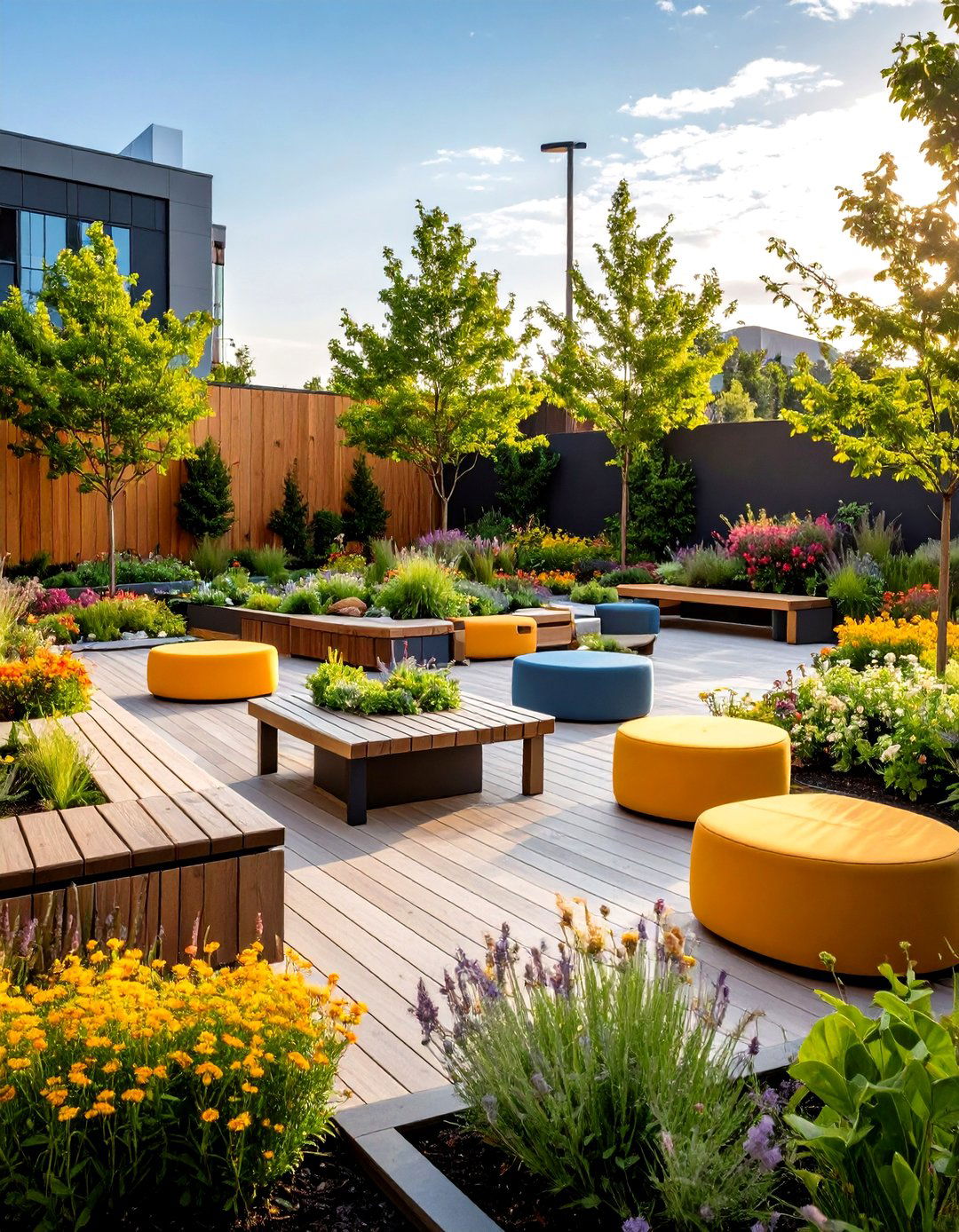
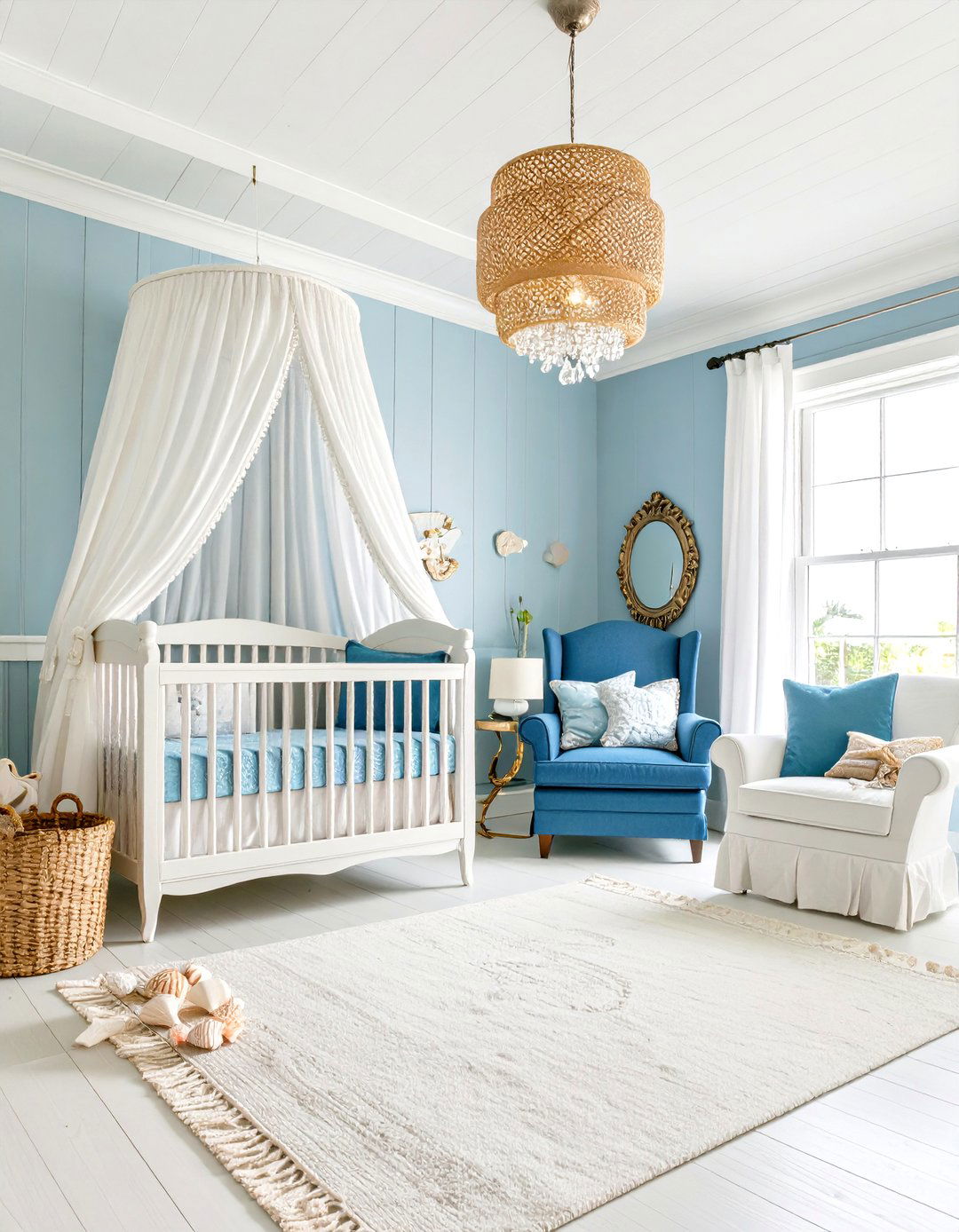
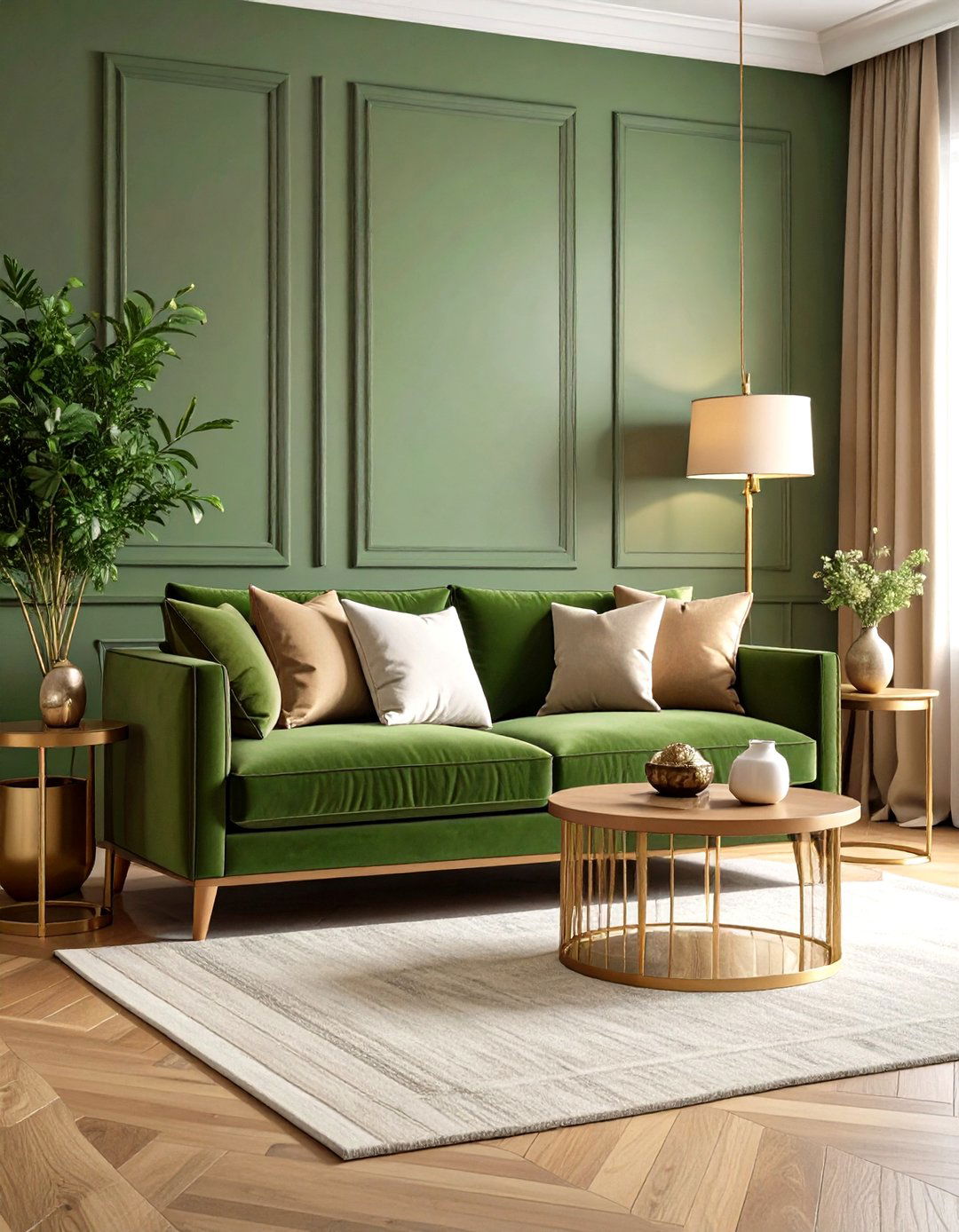
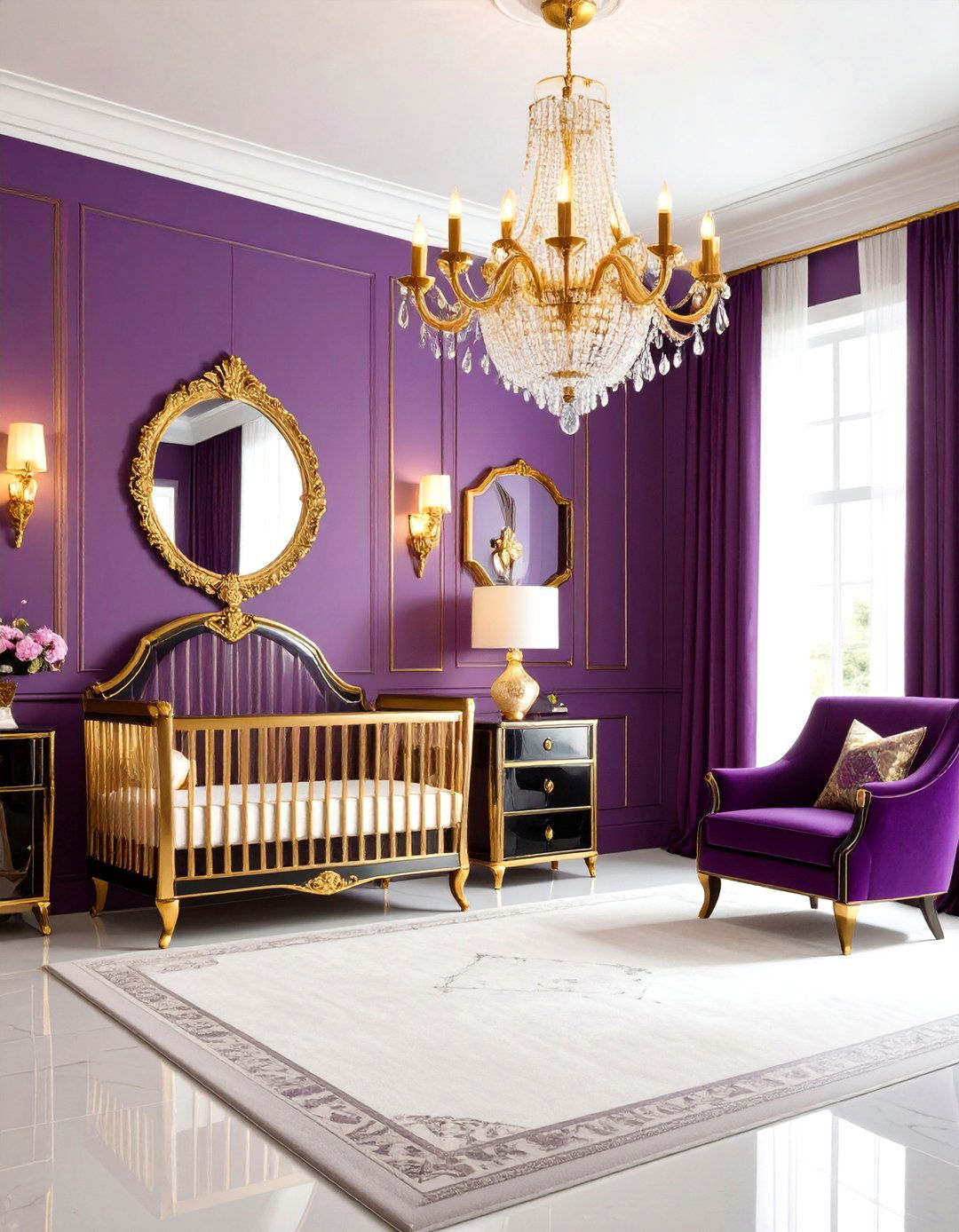
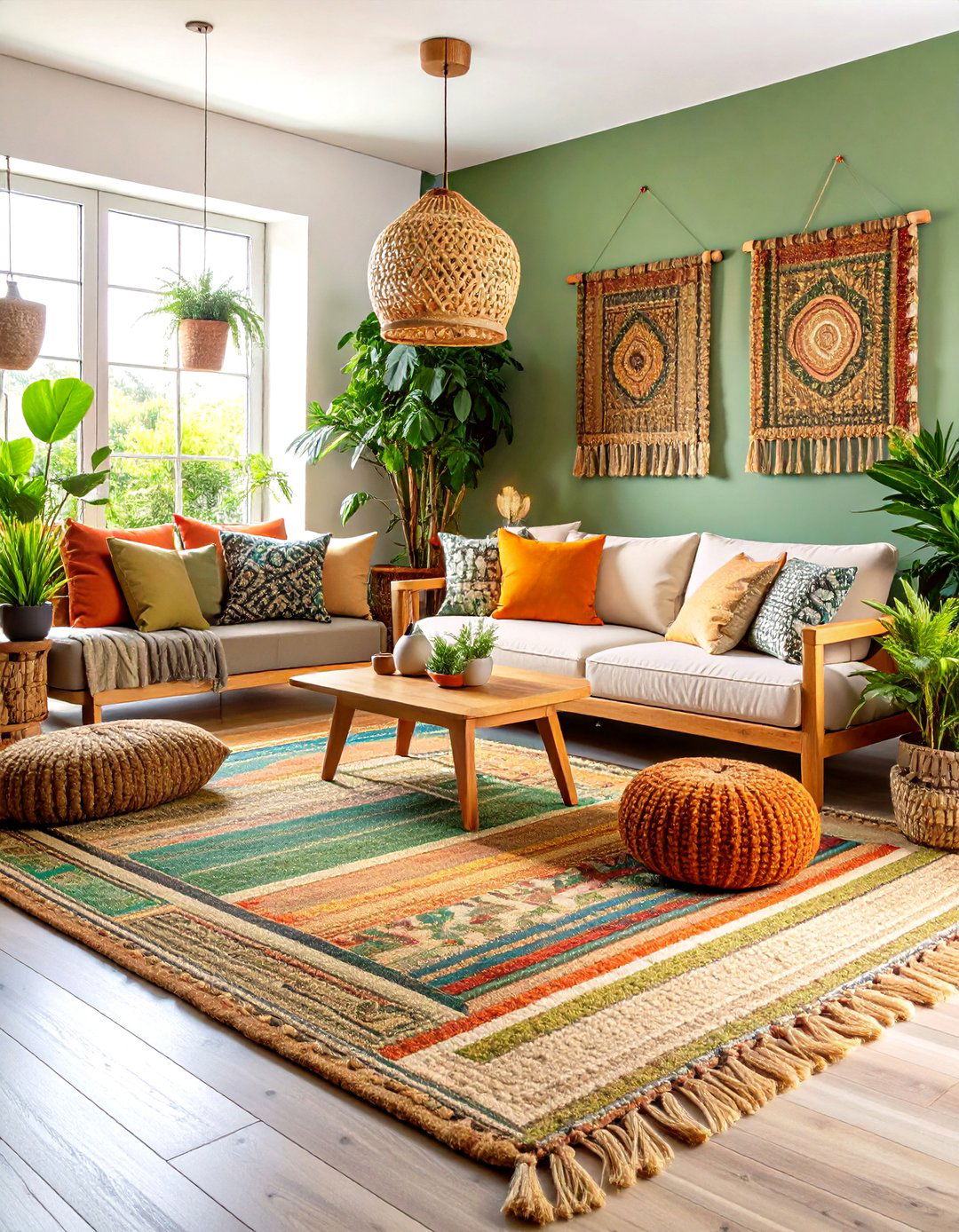
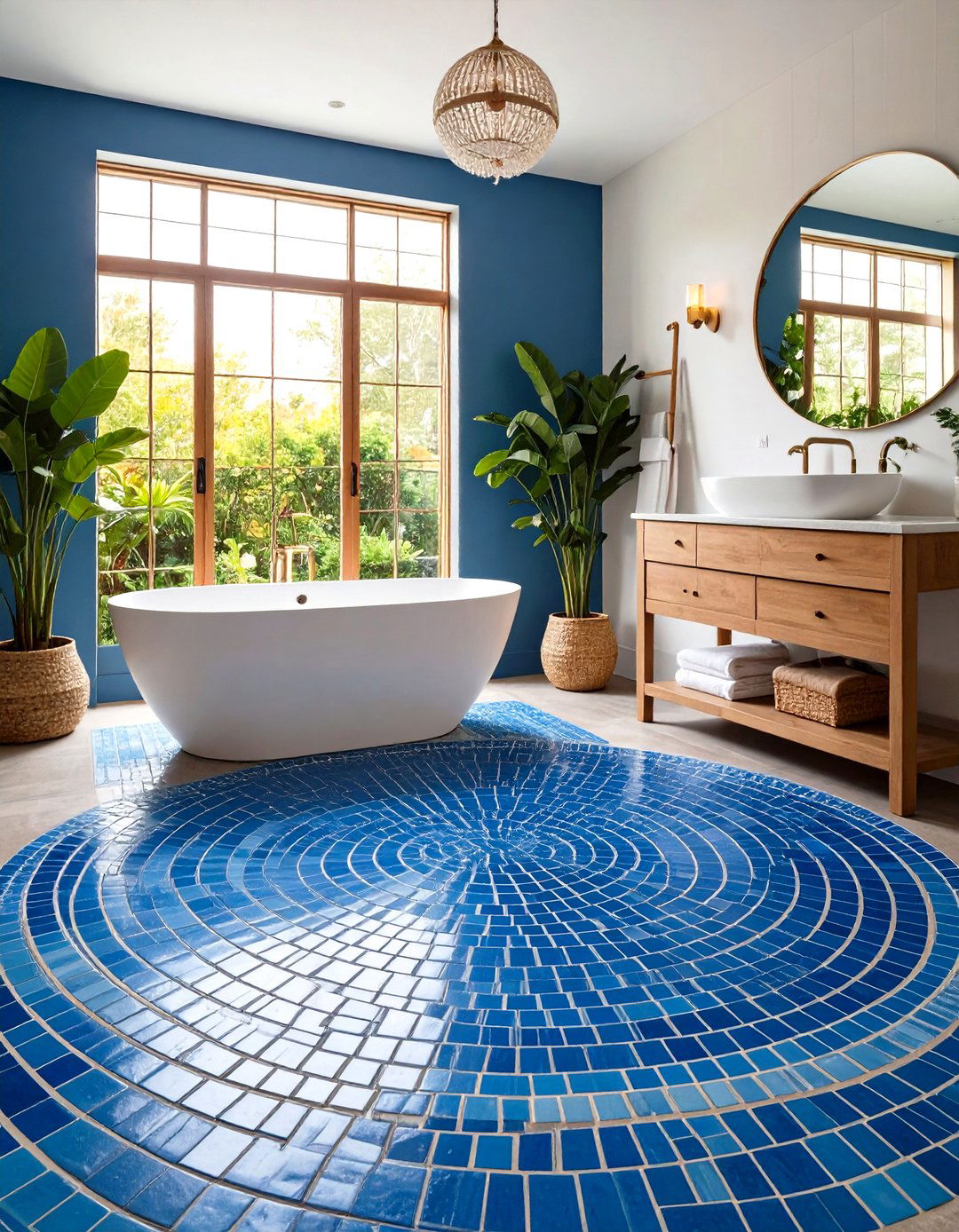


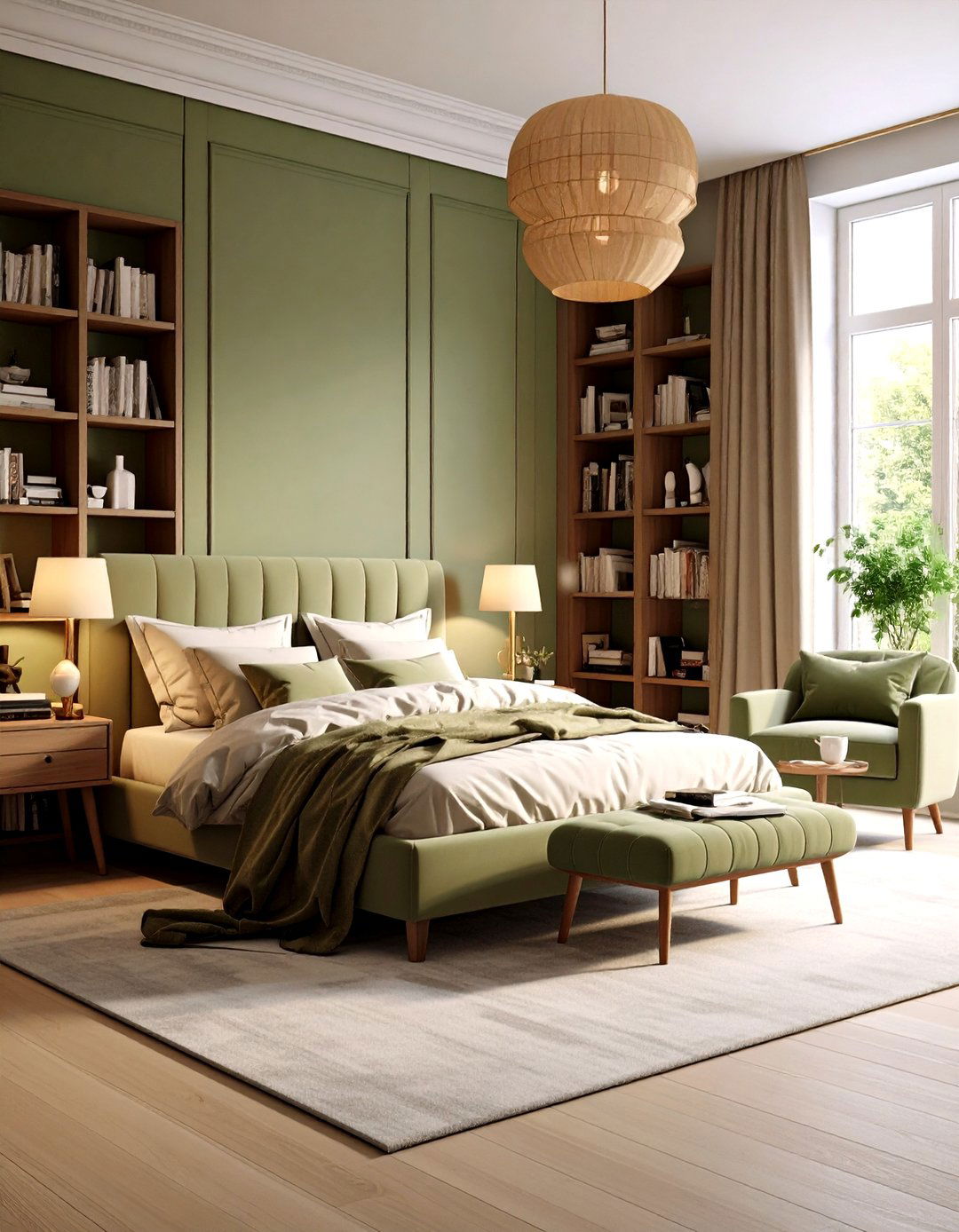
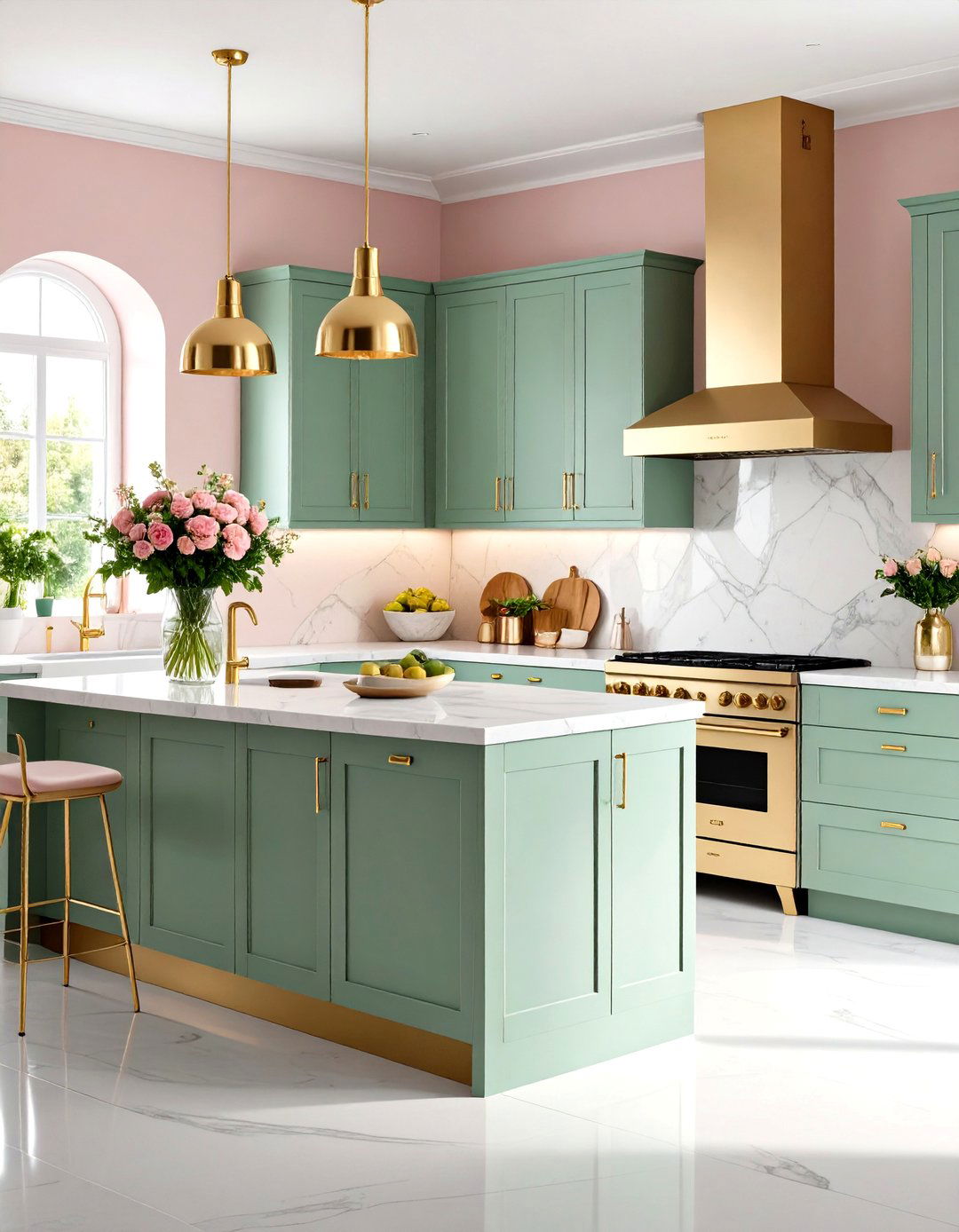



Leave a Reply